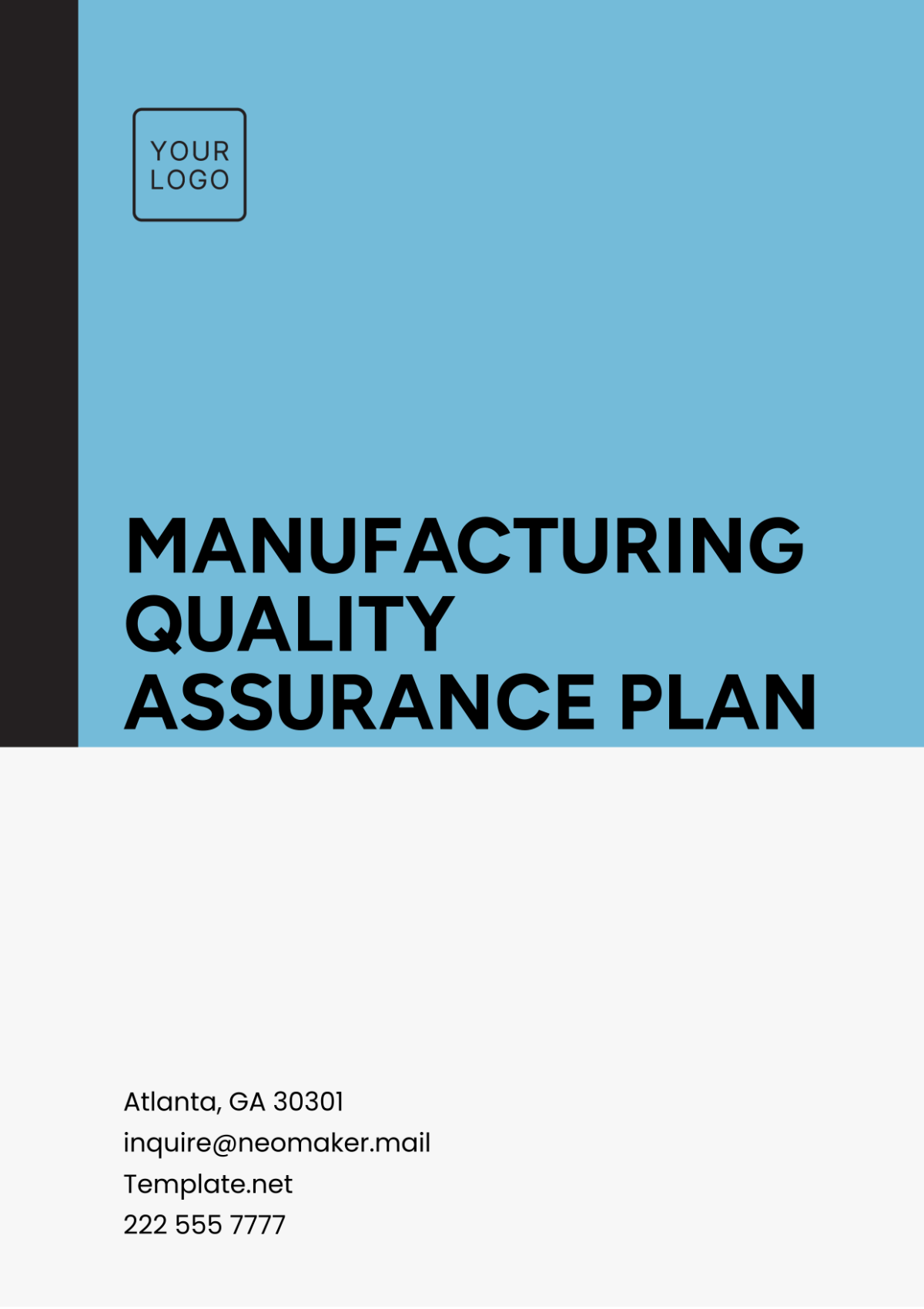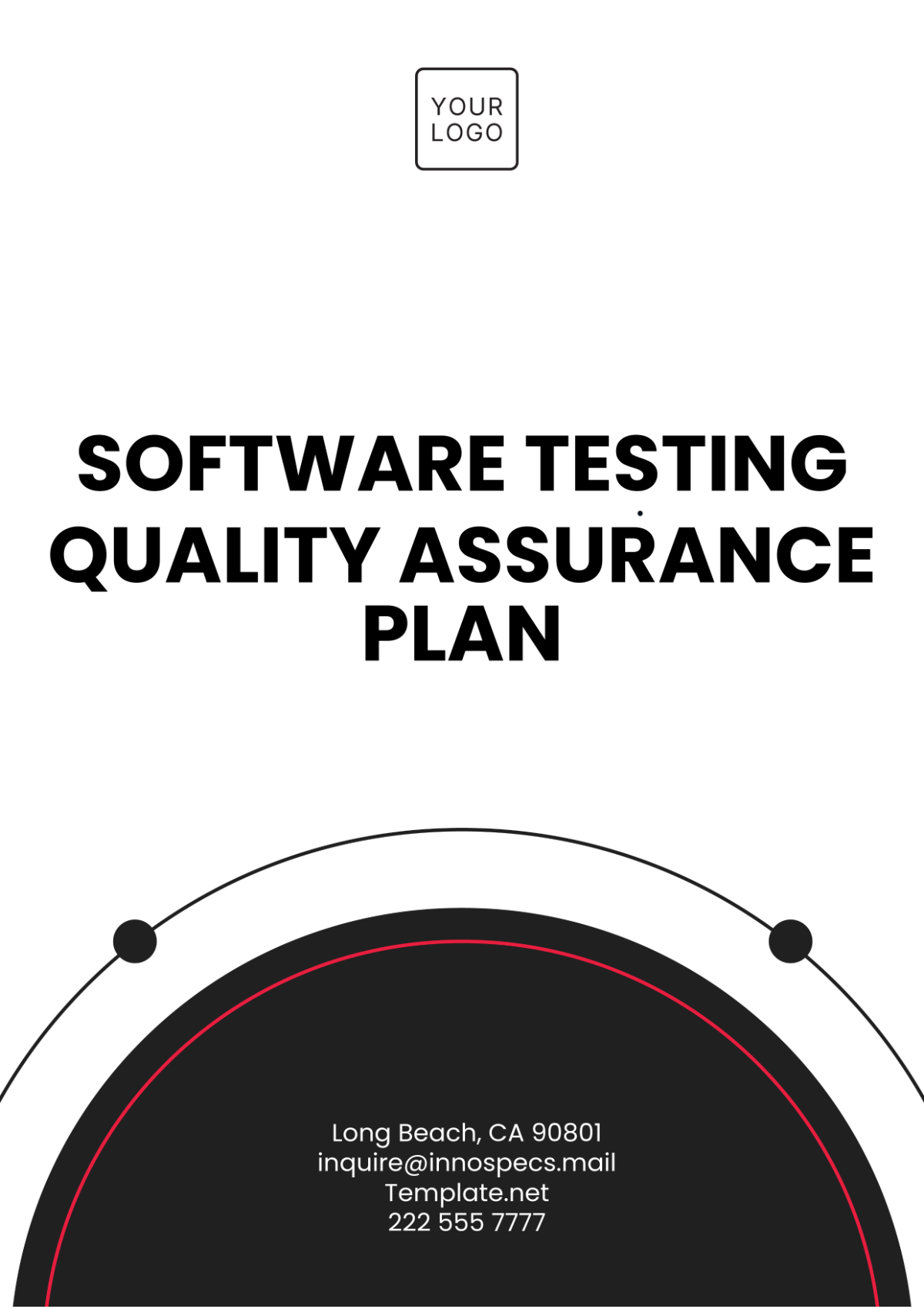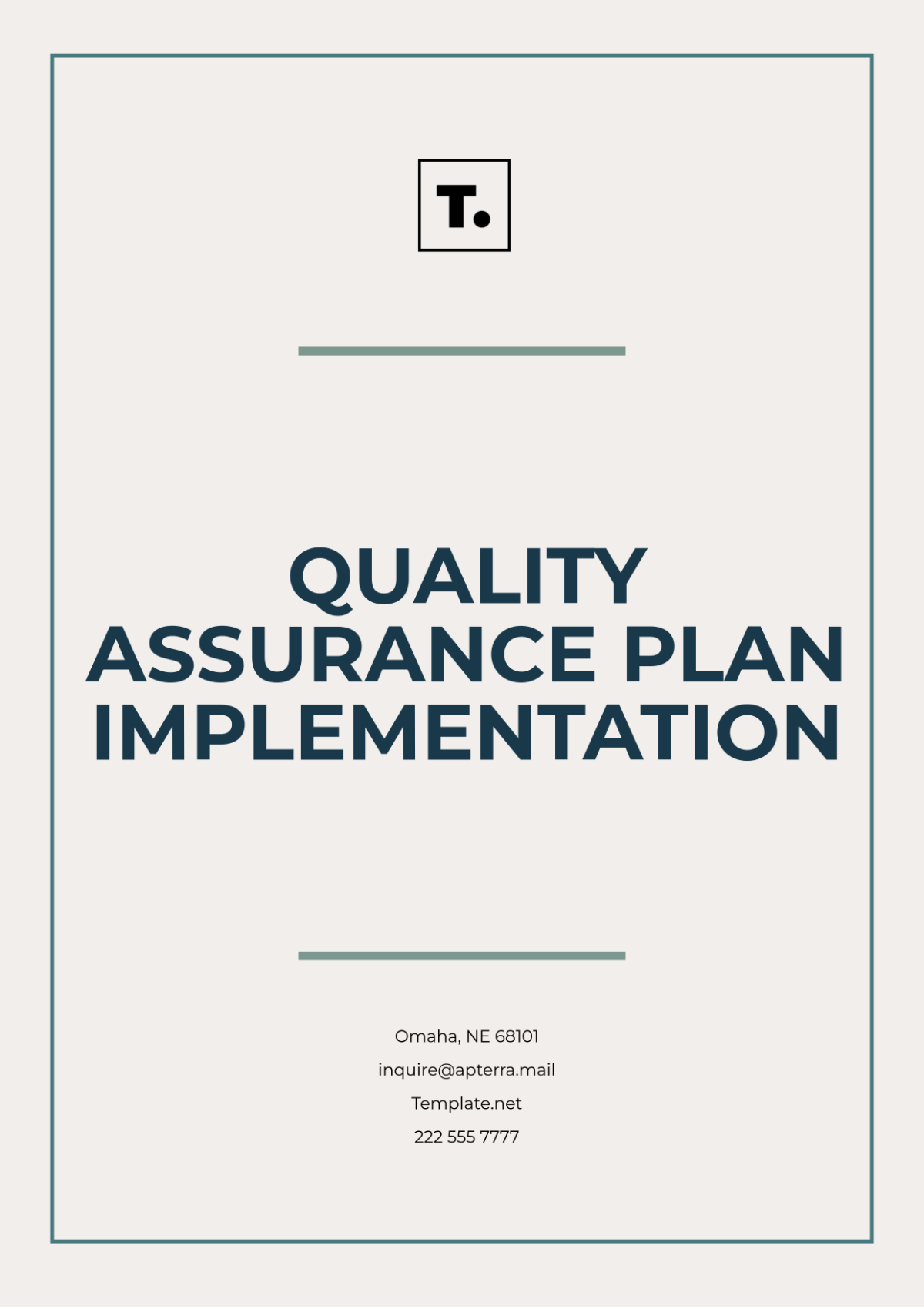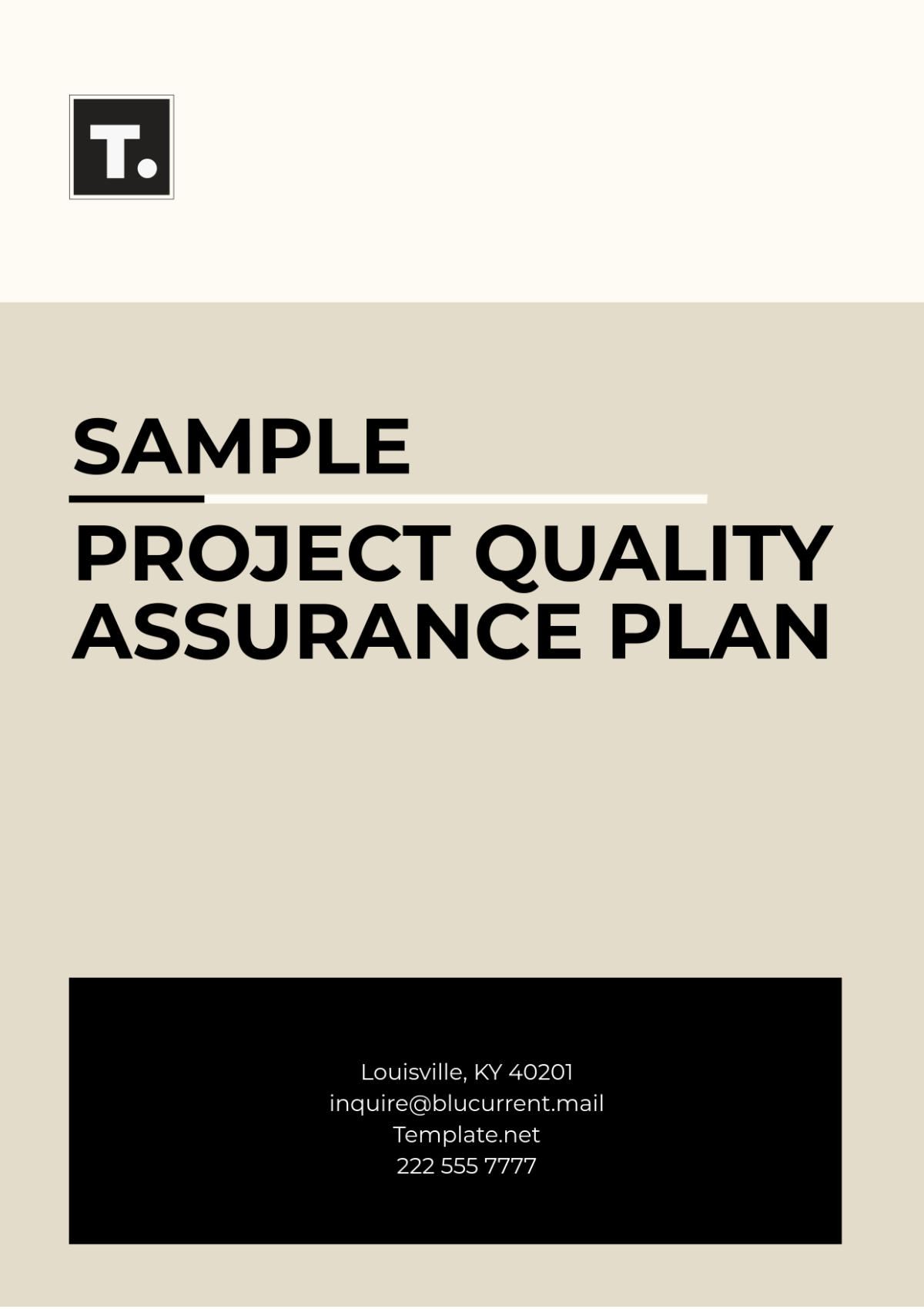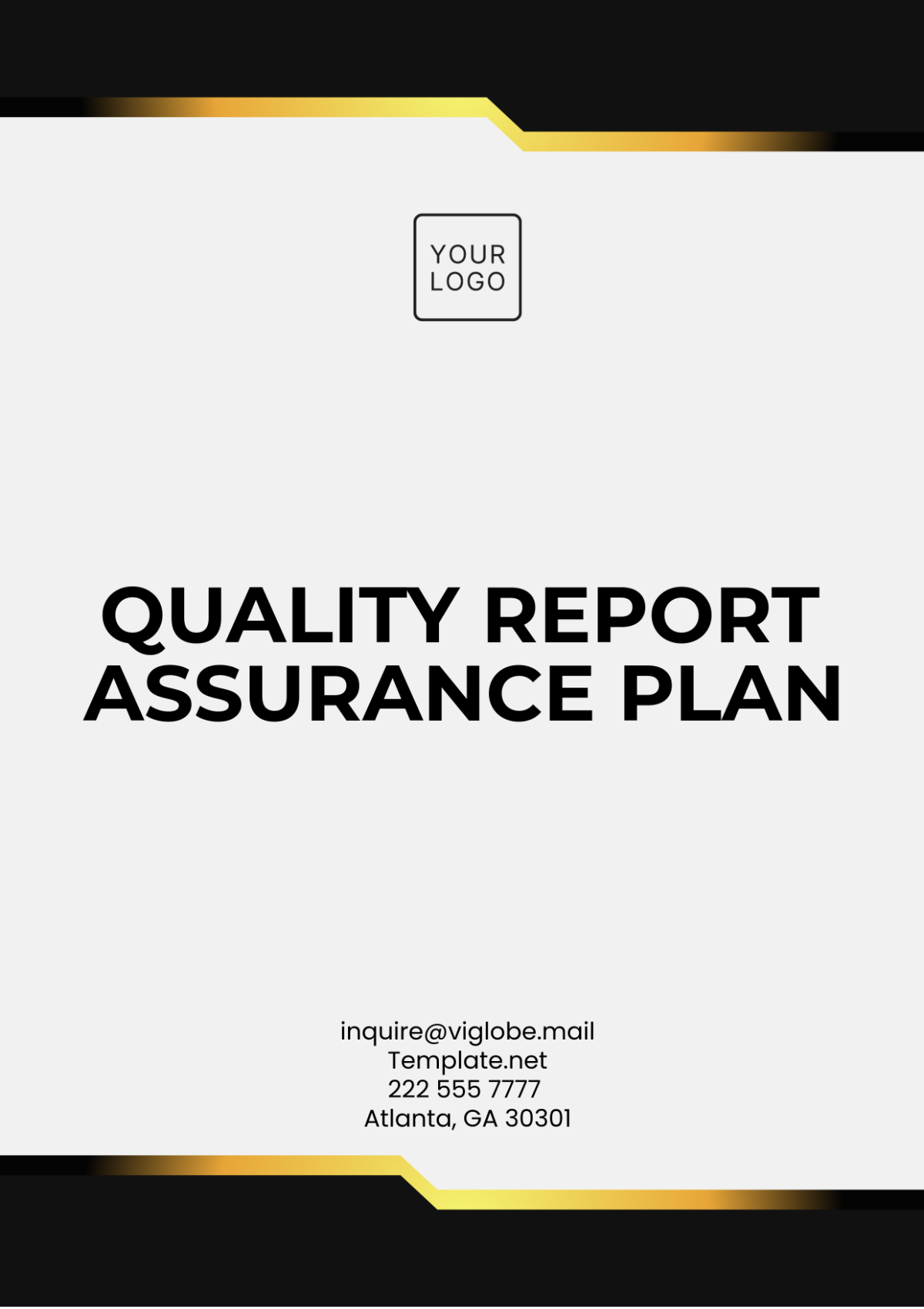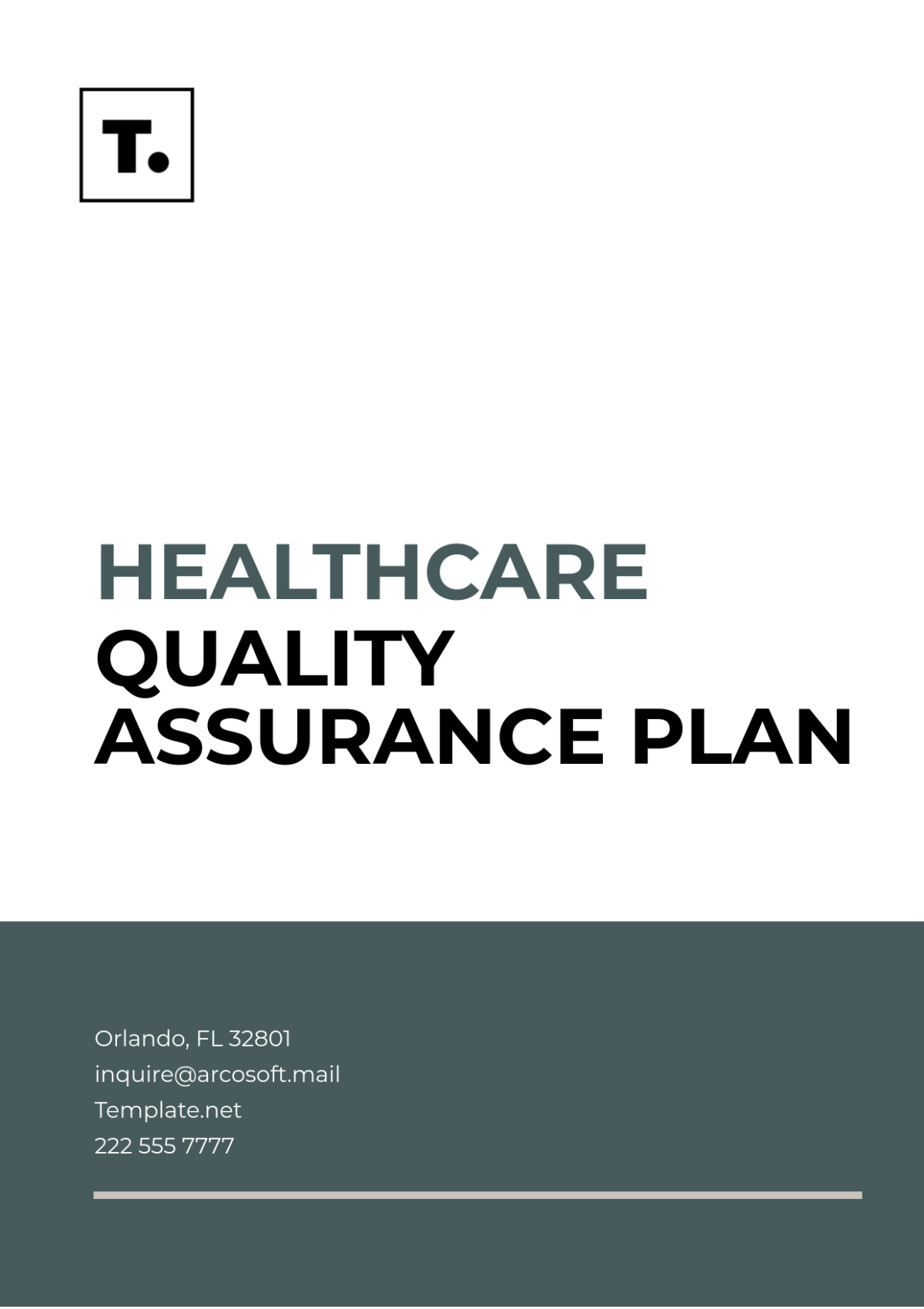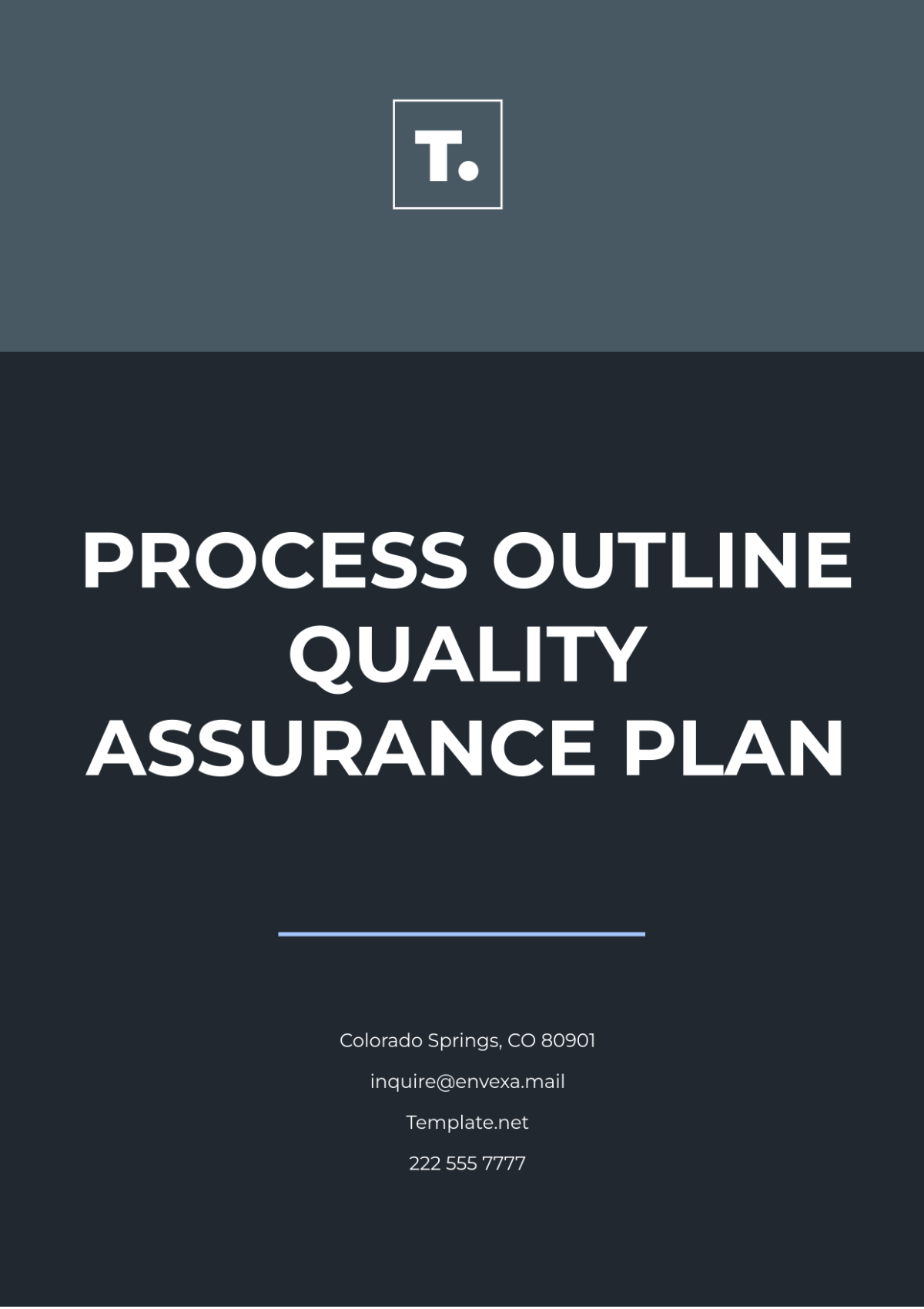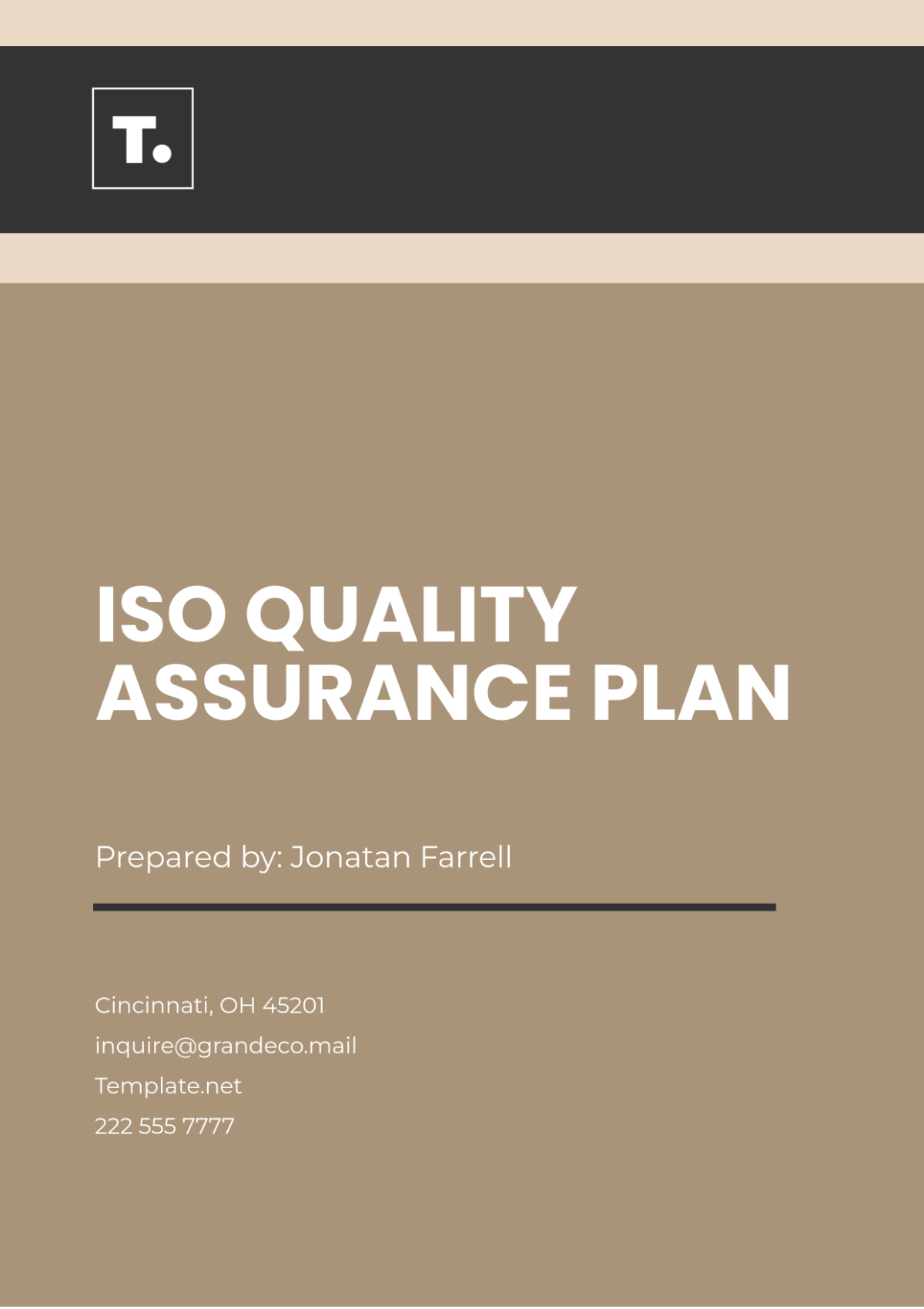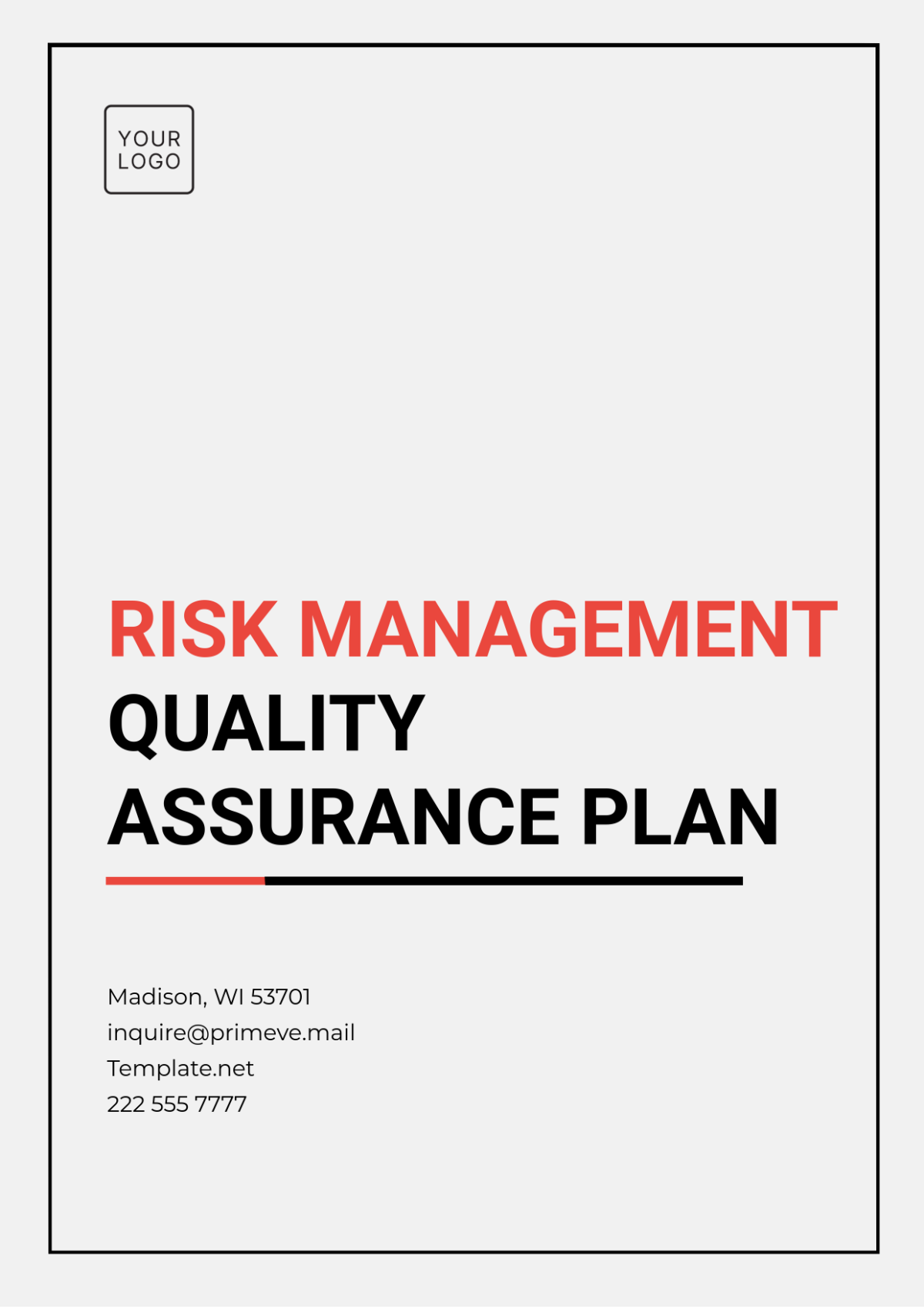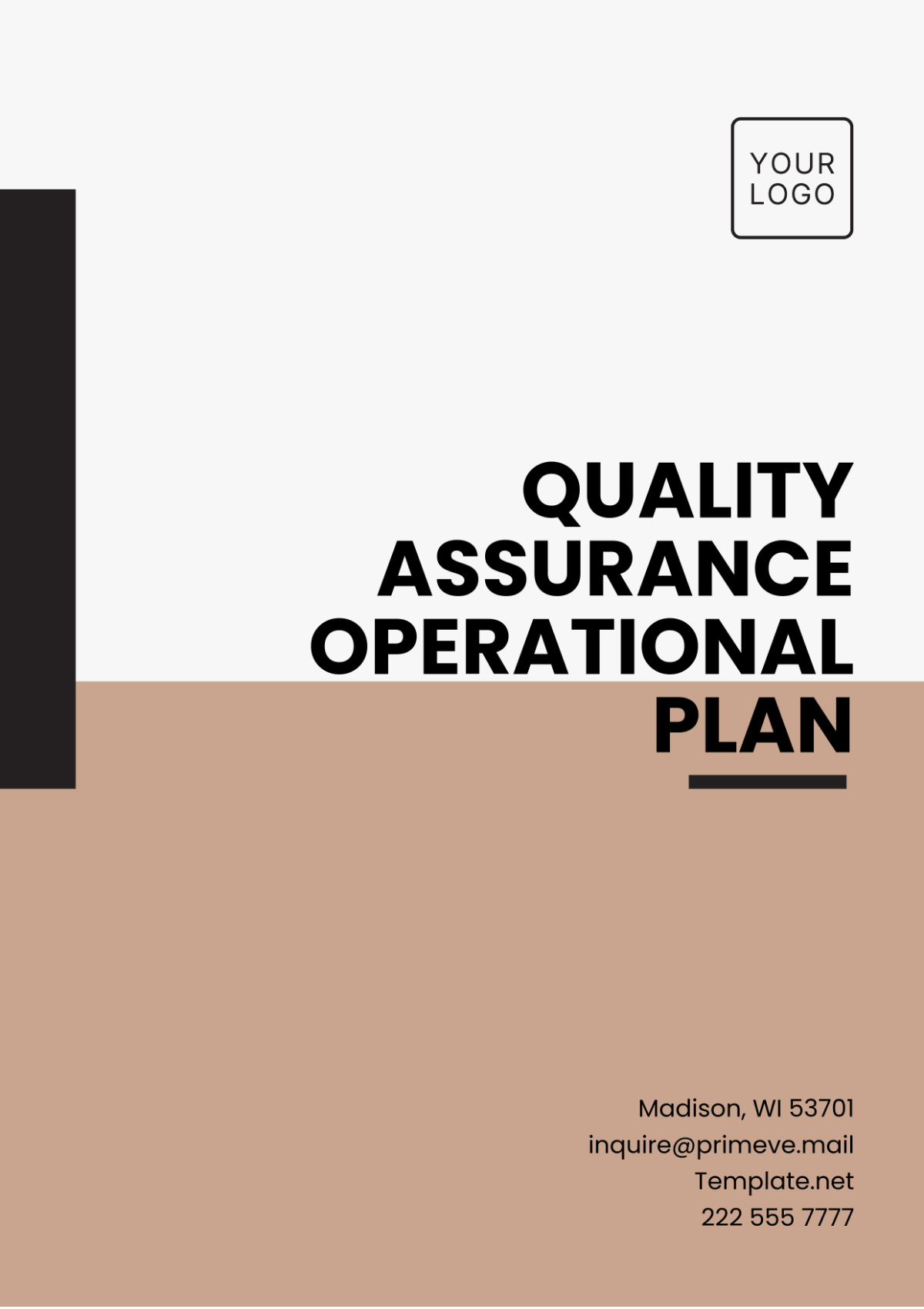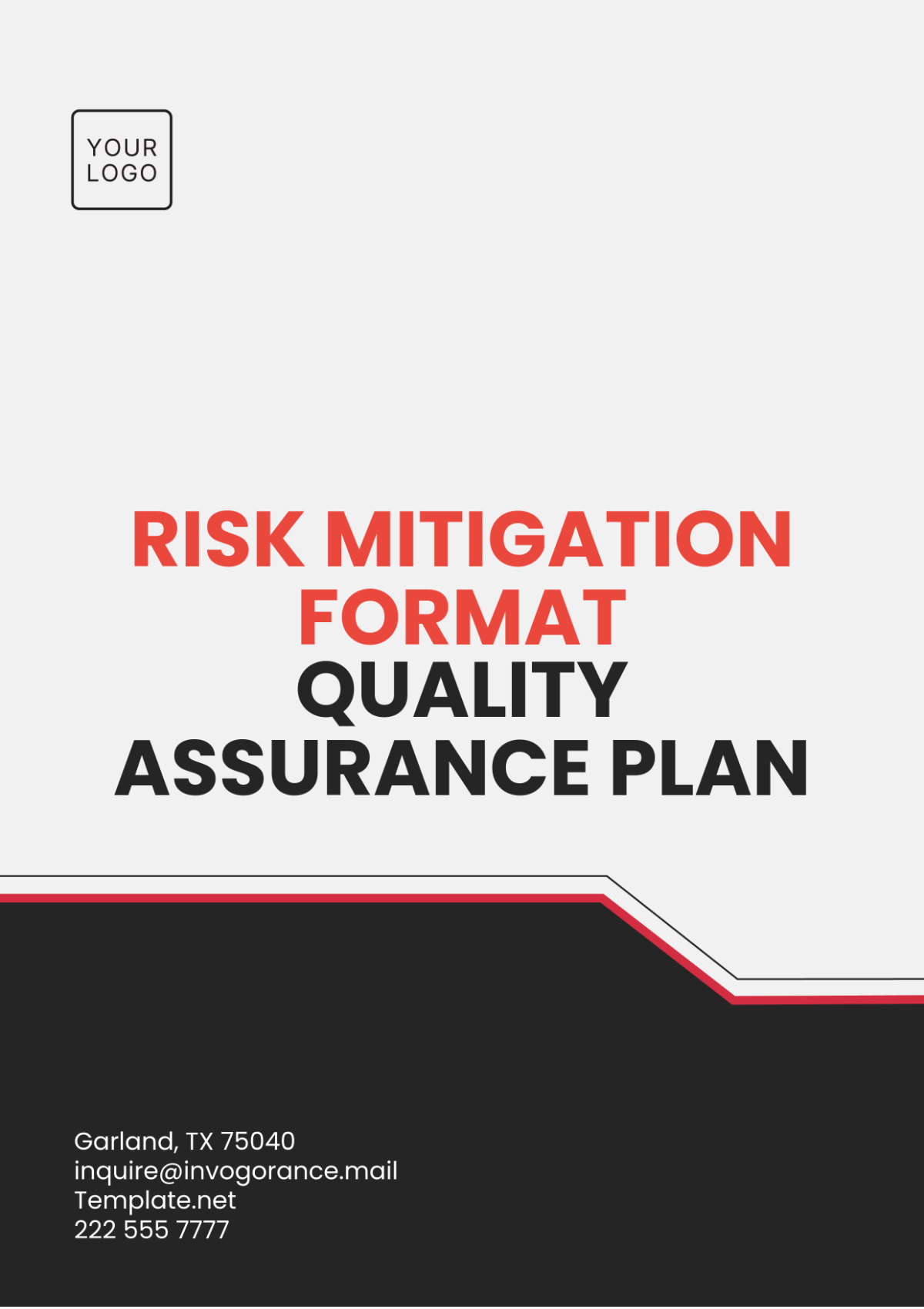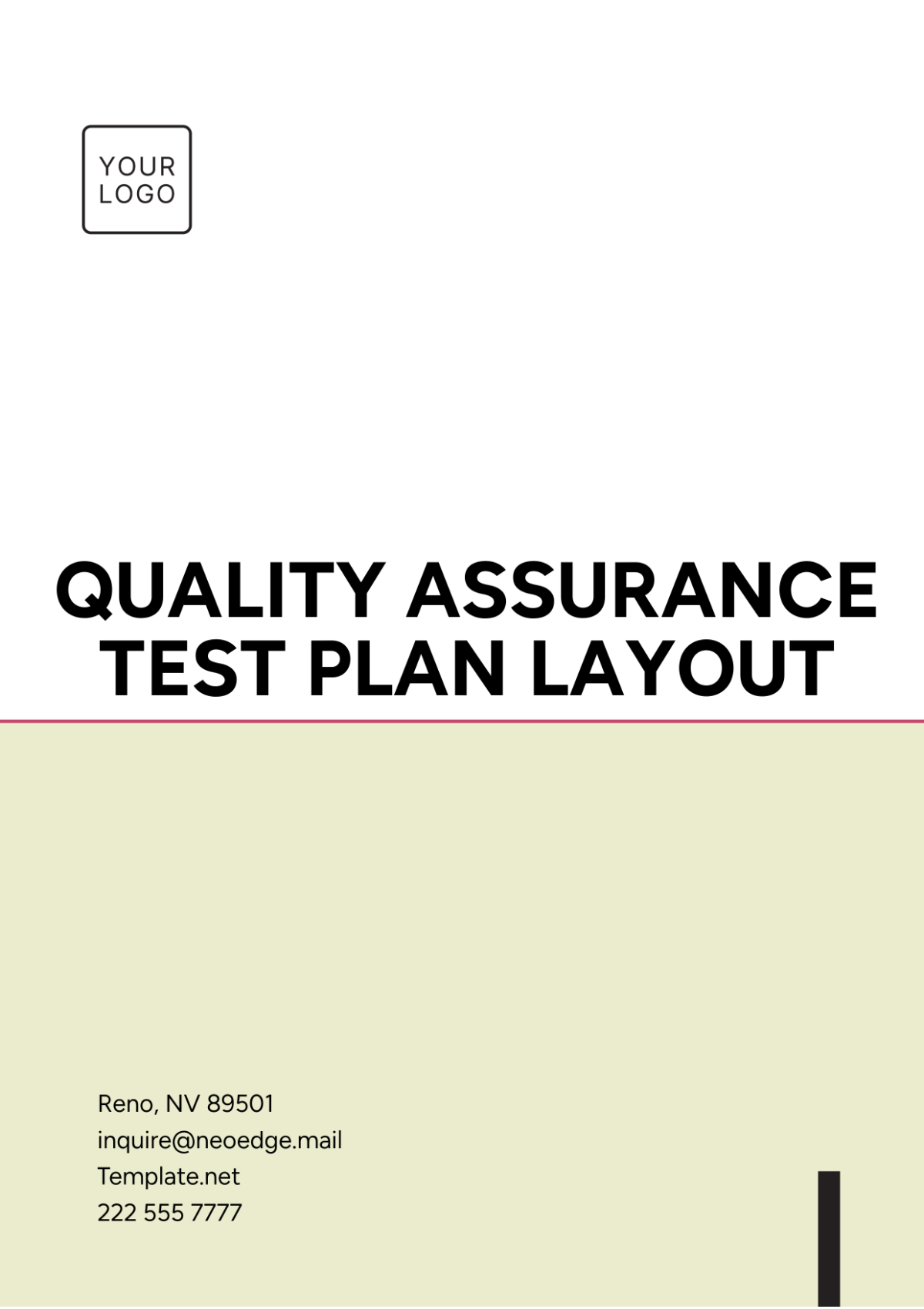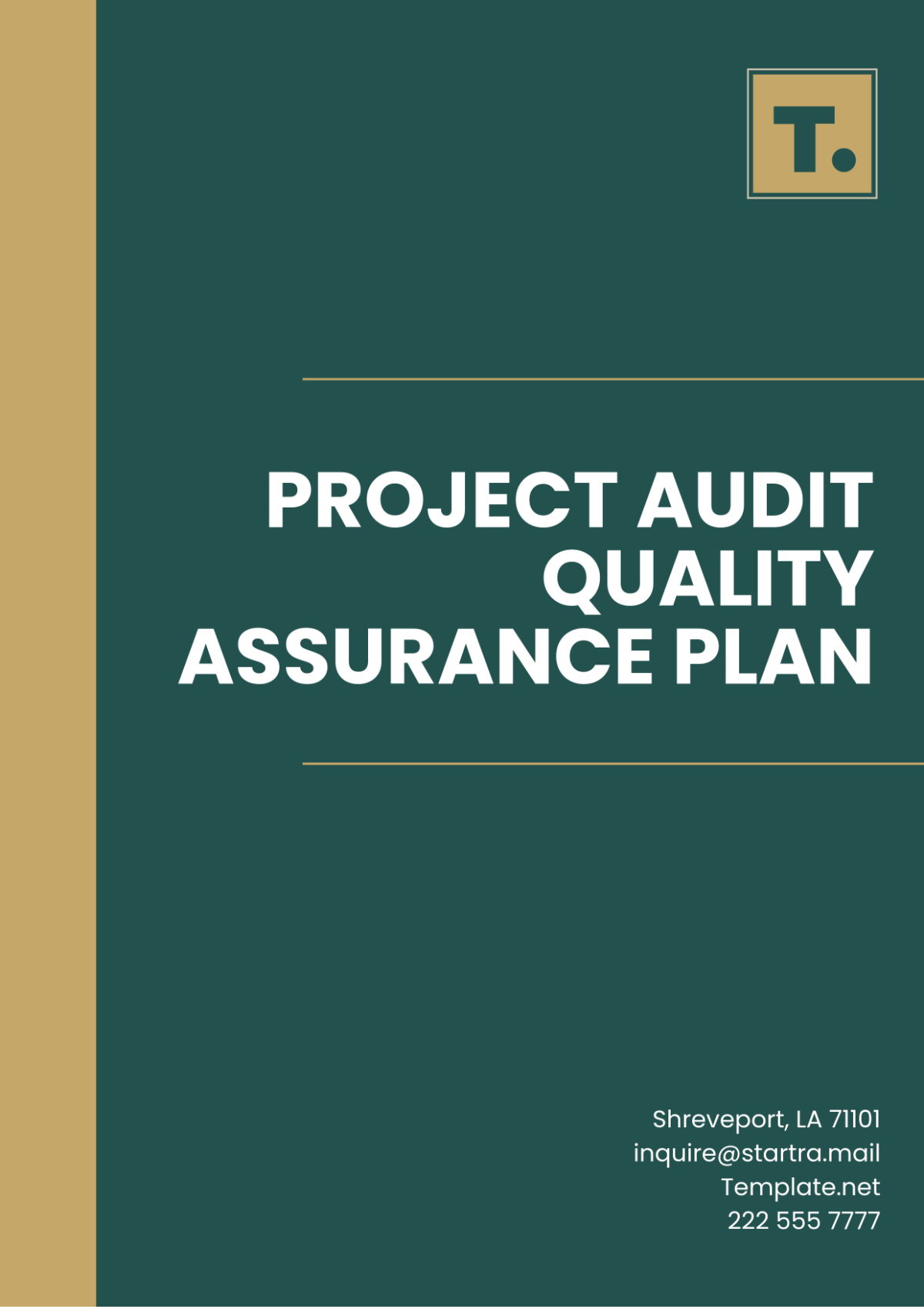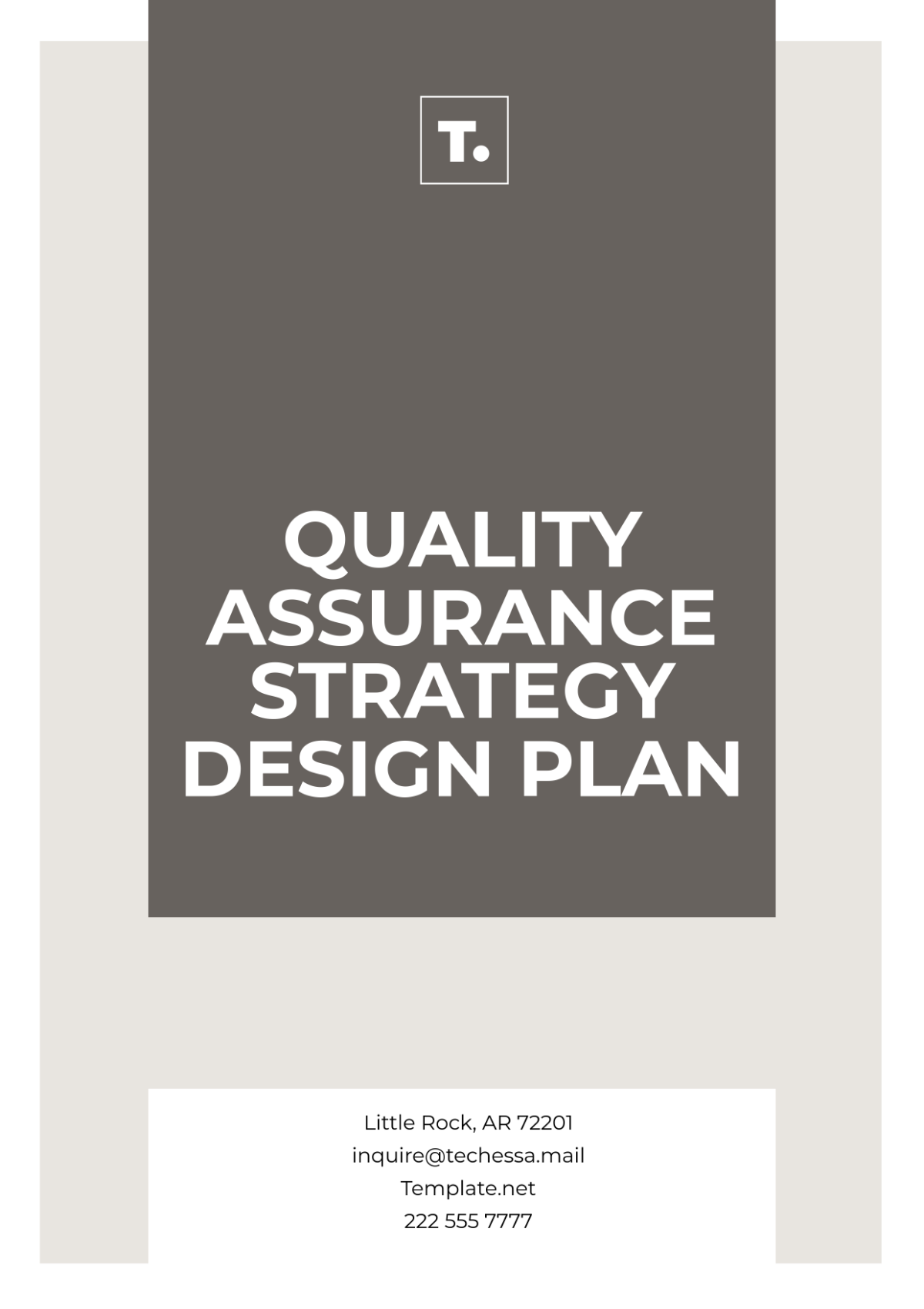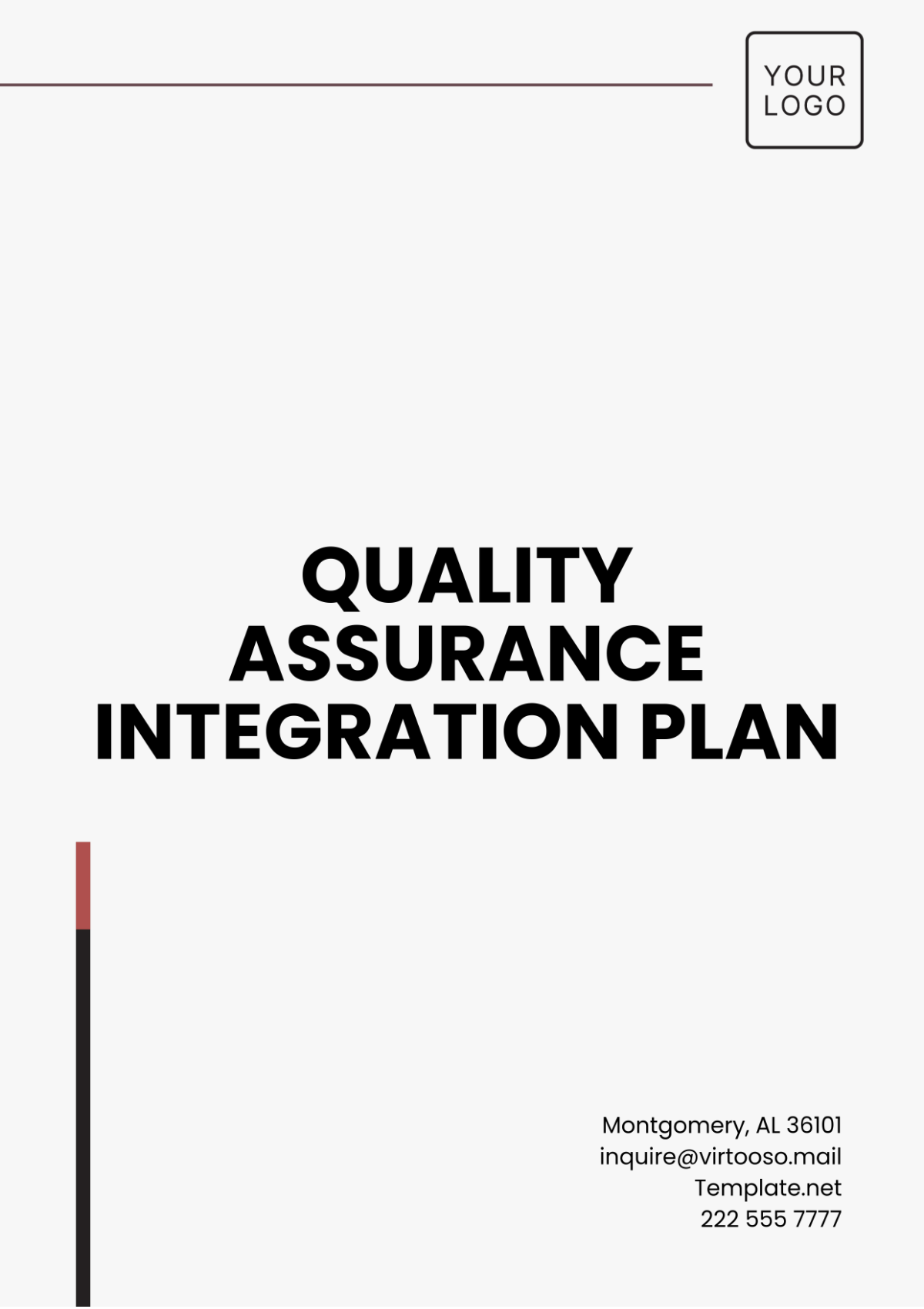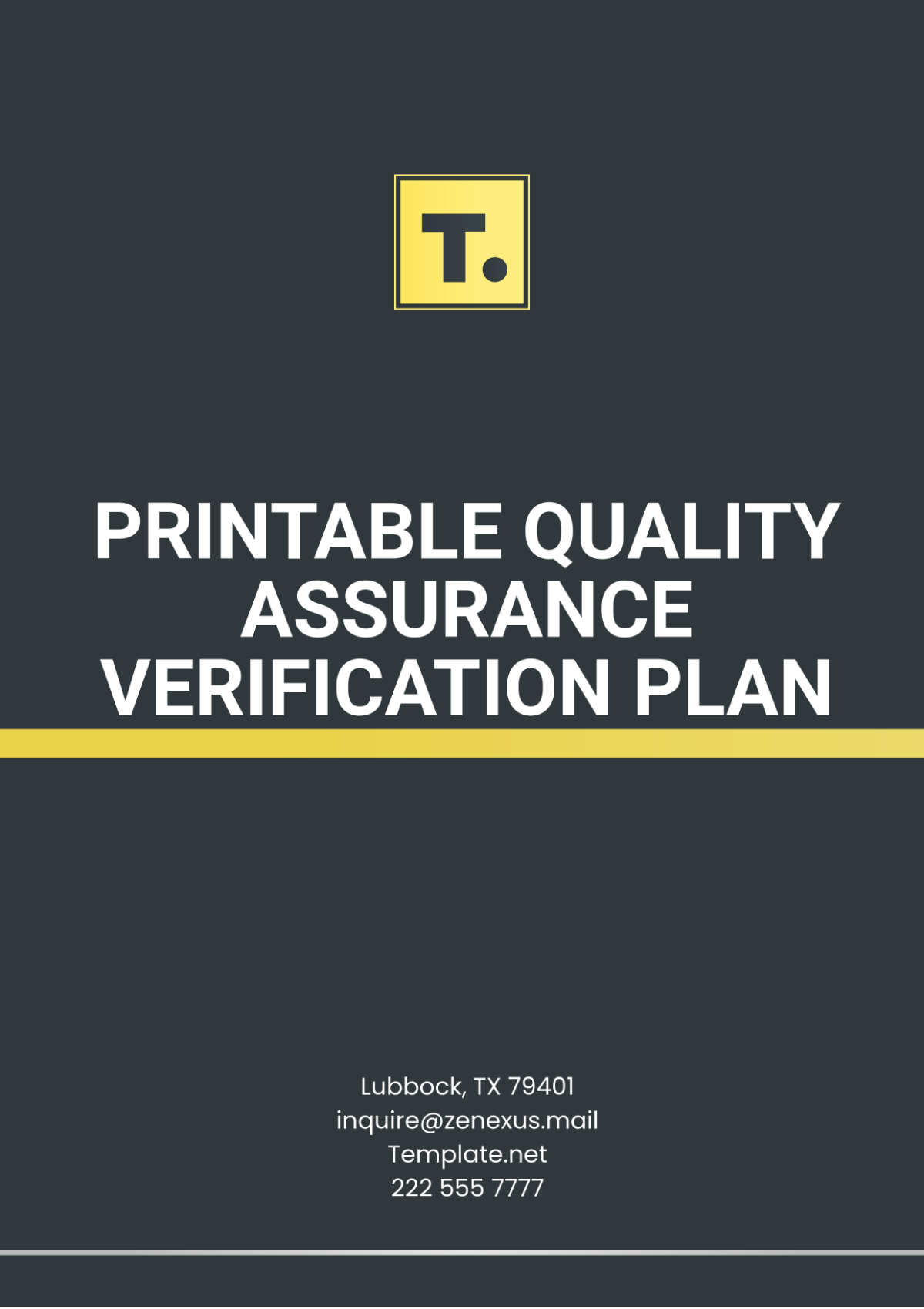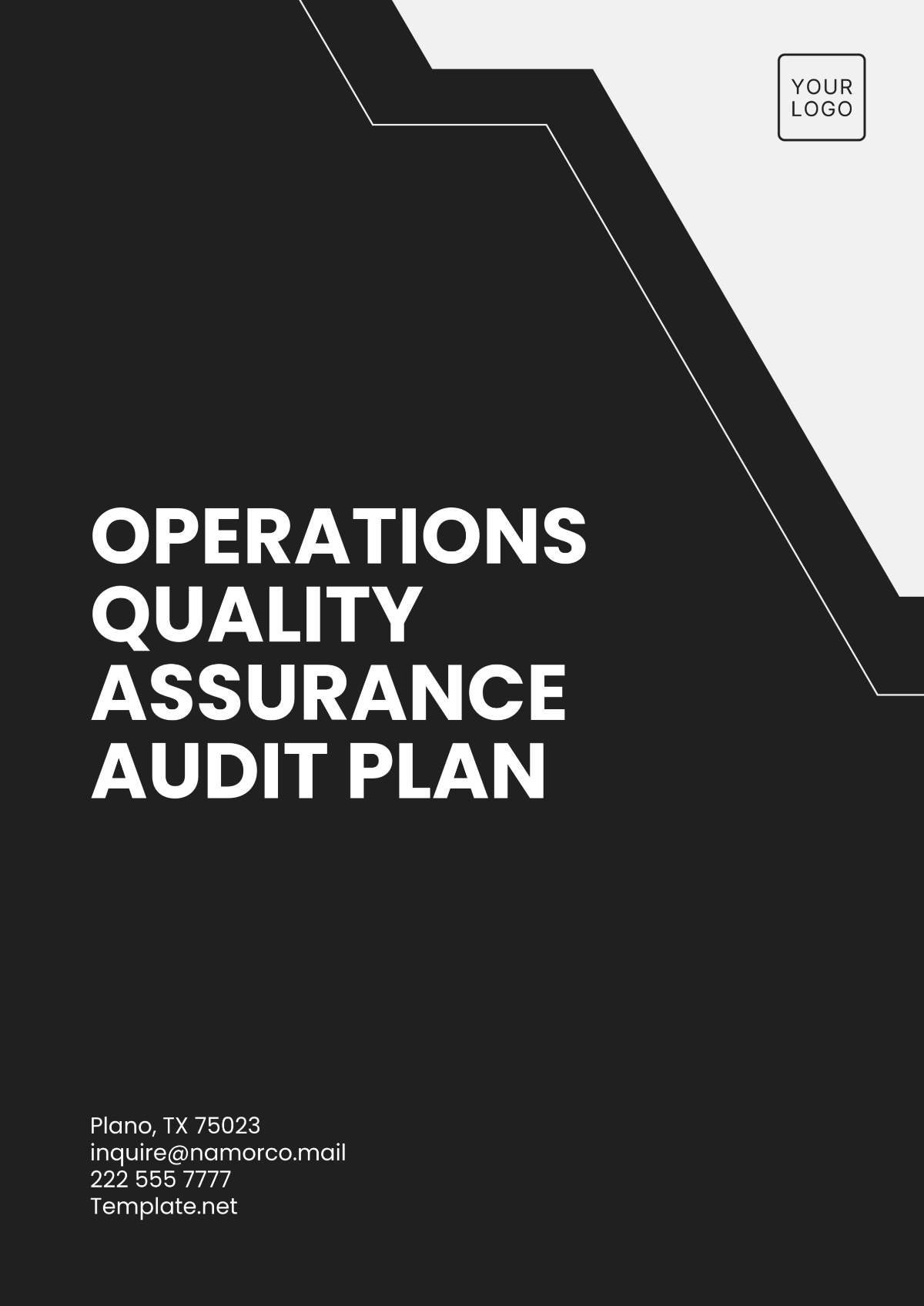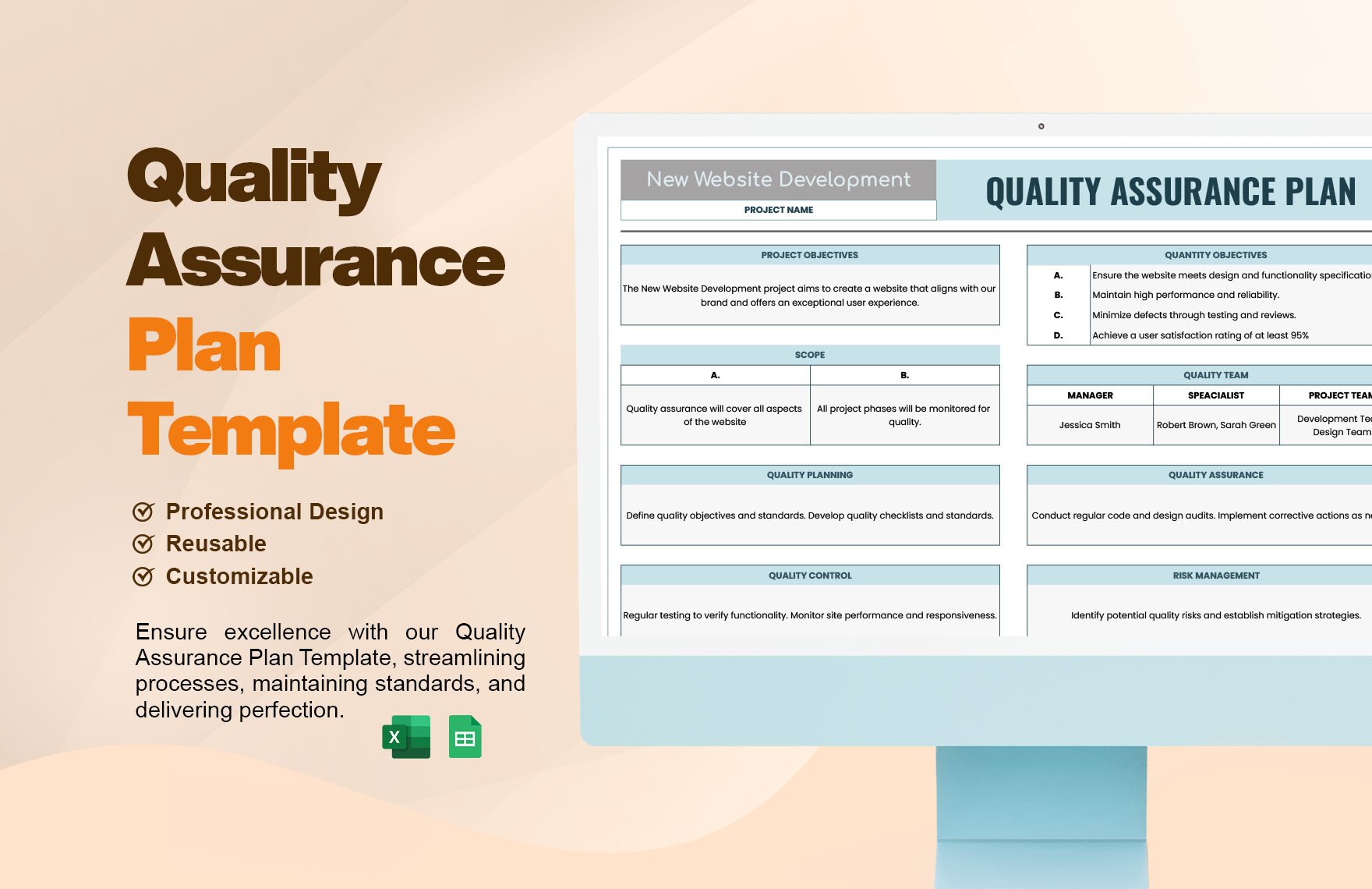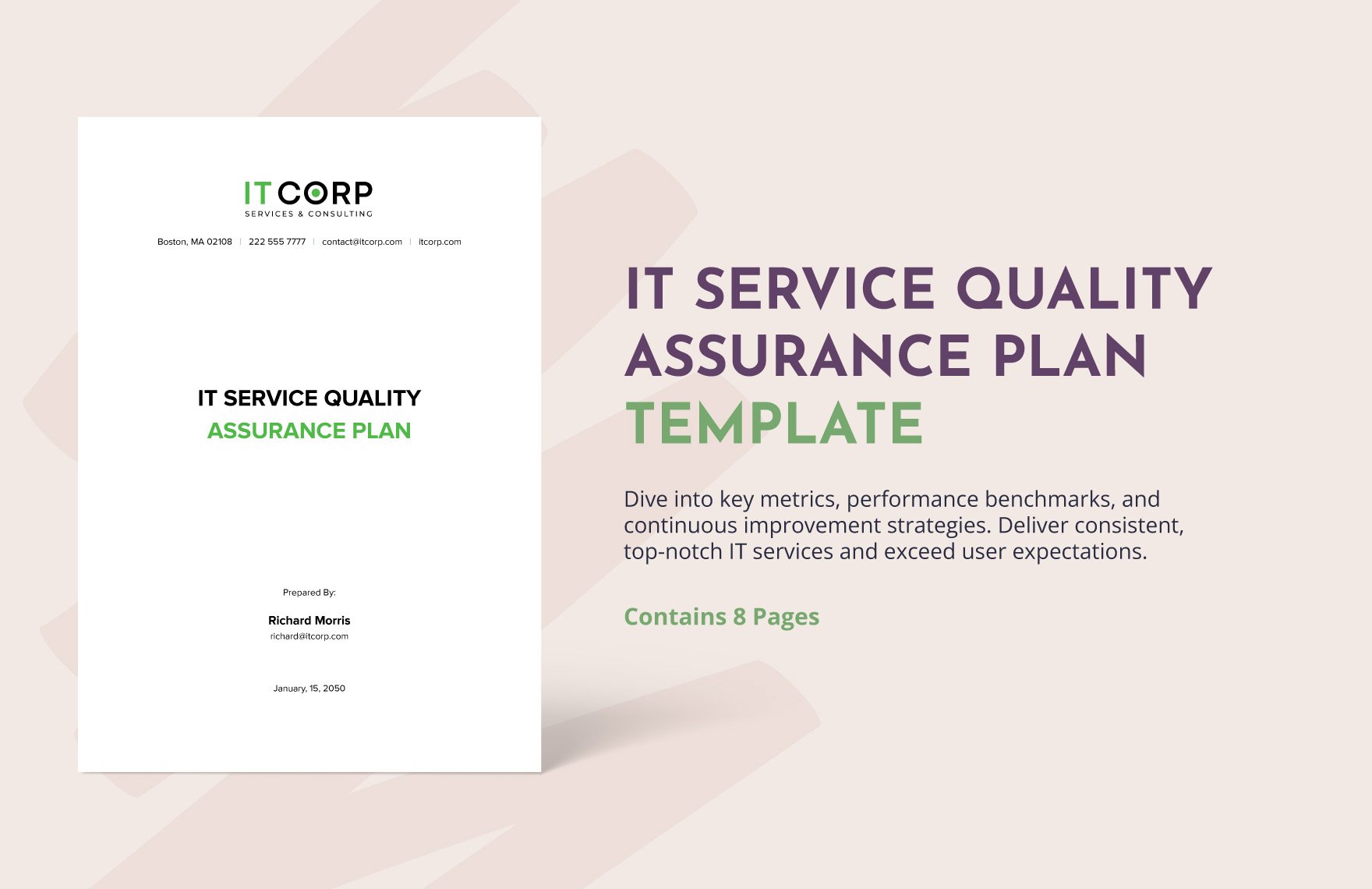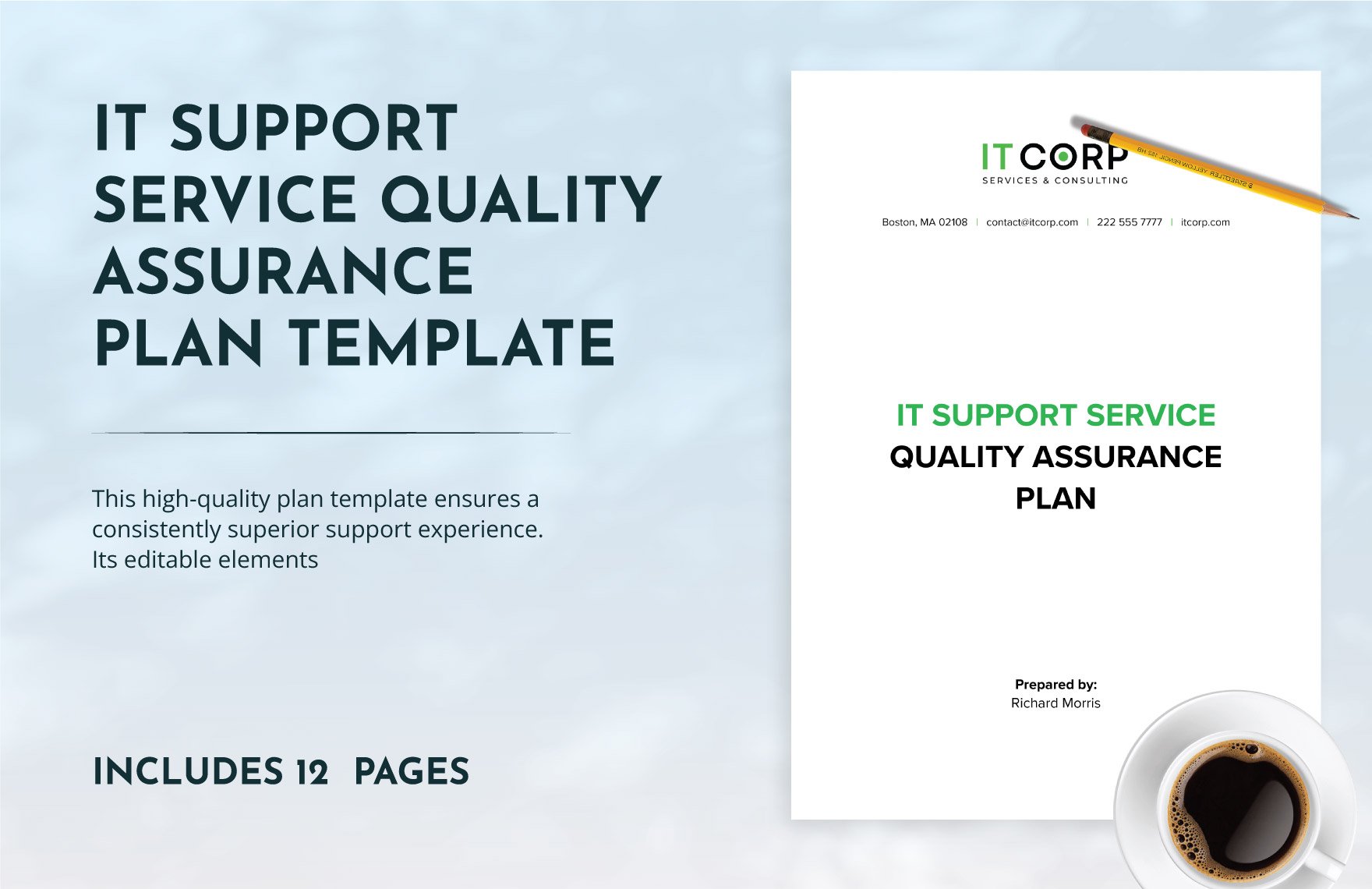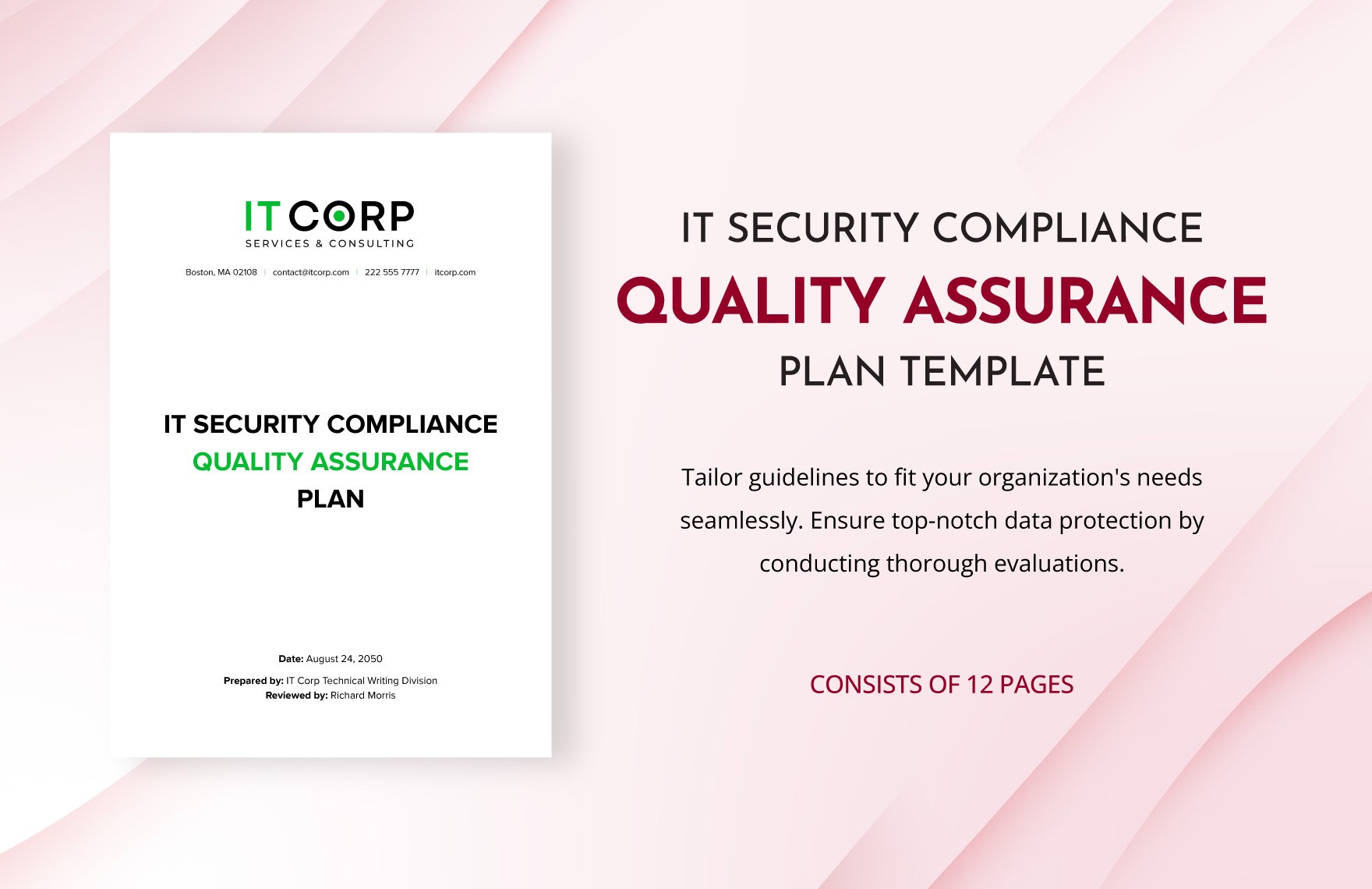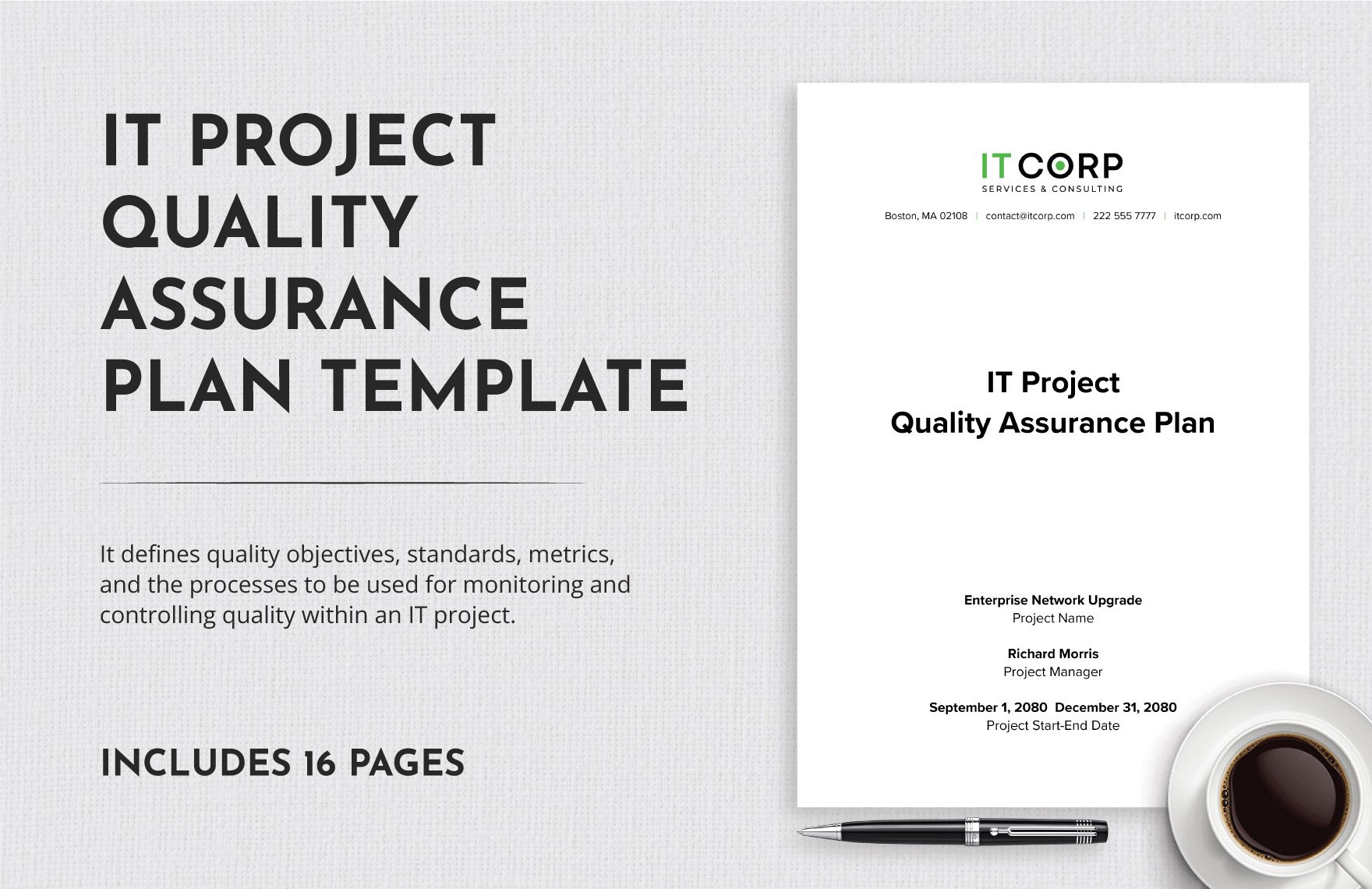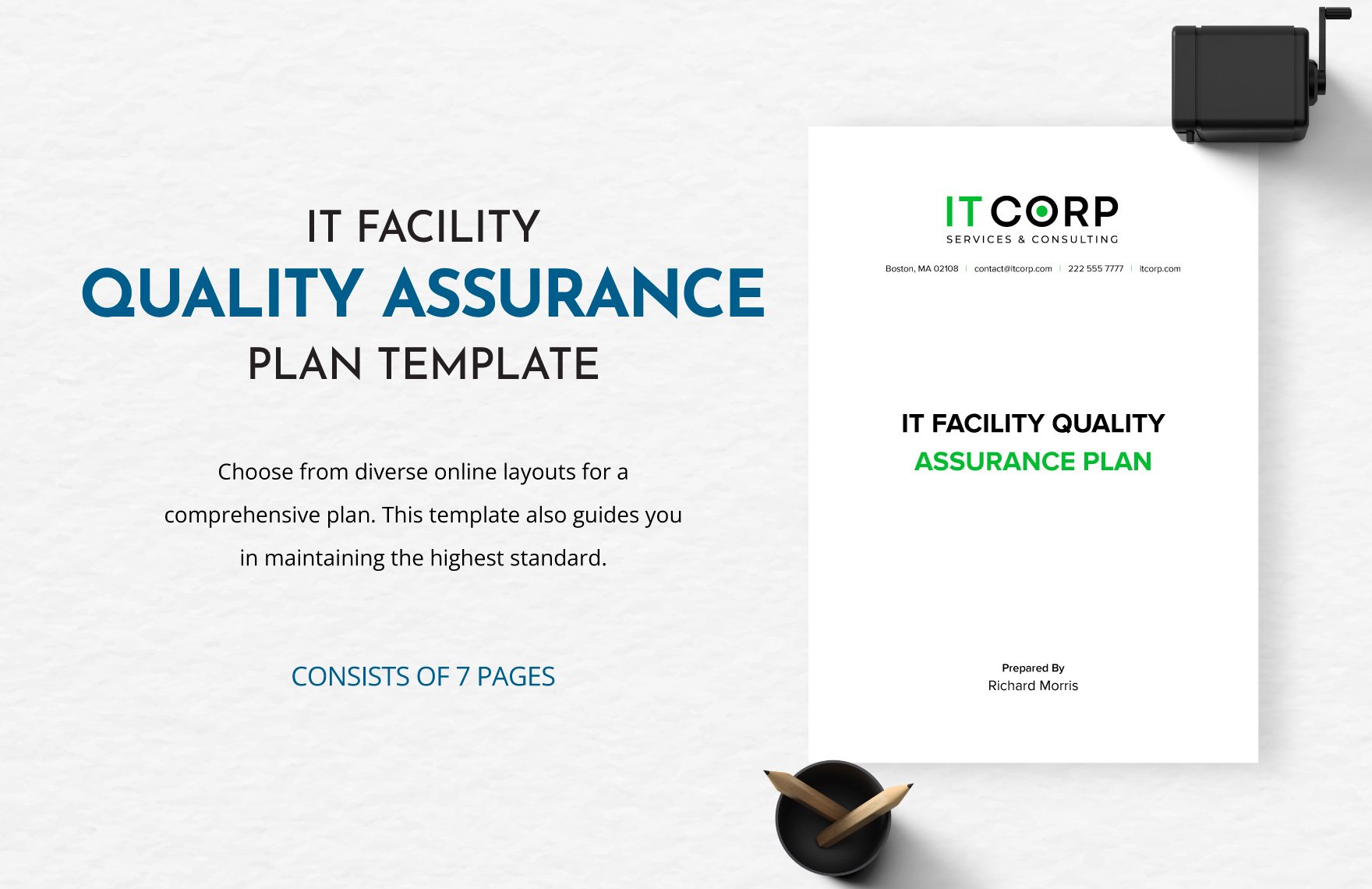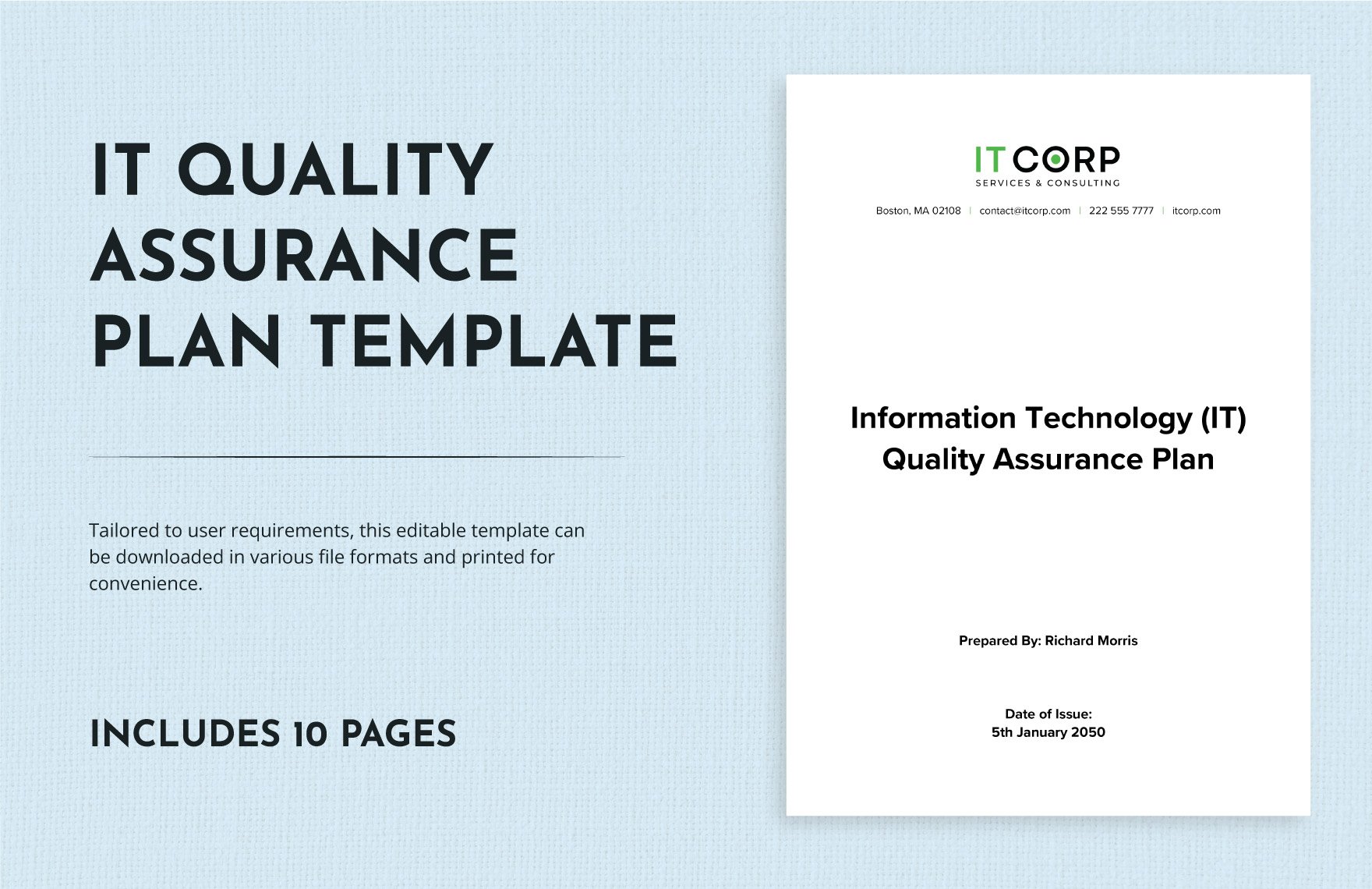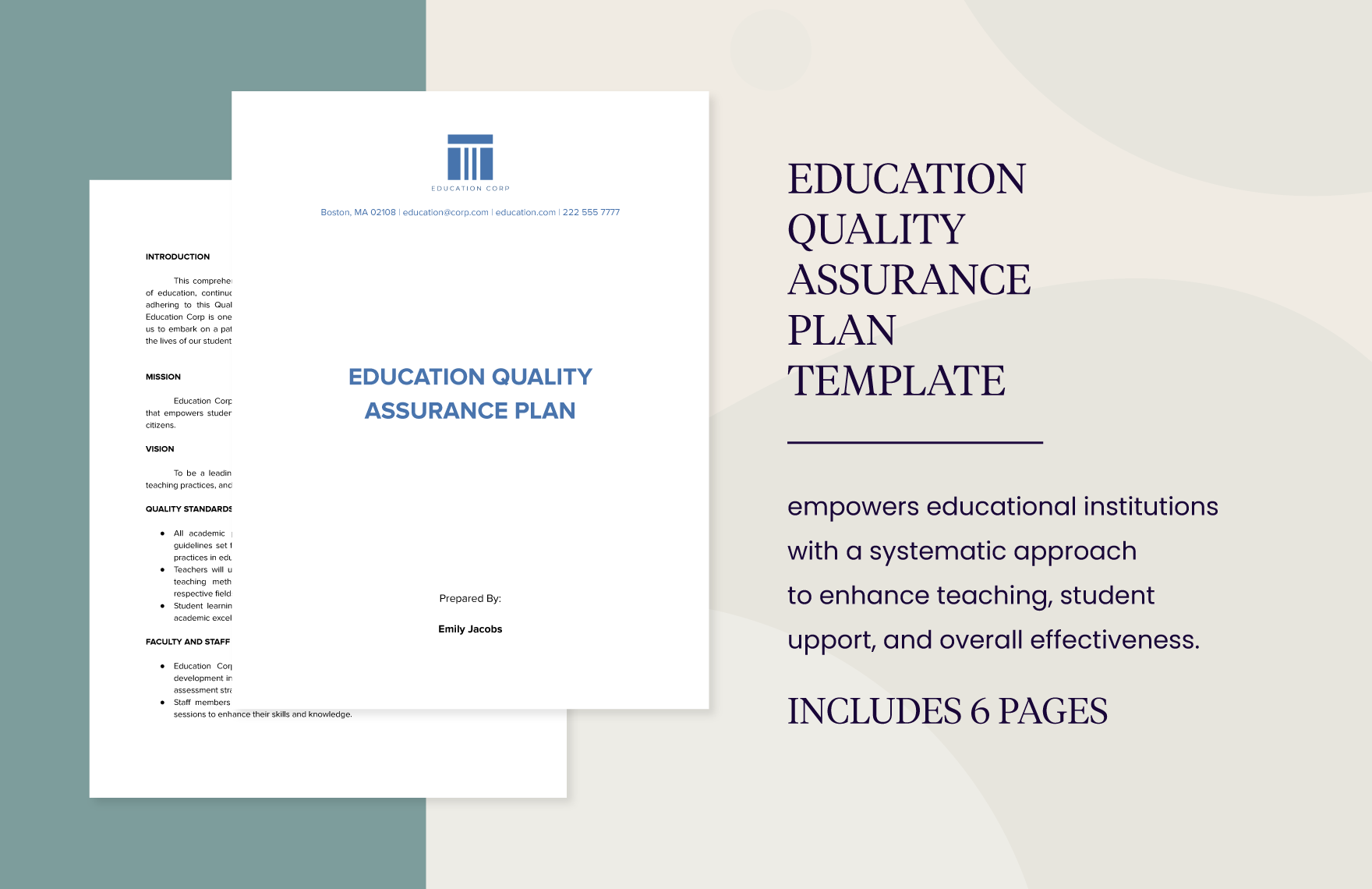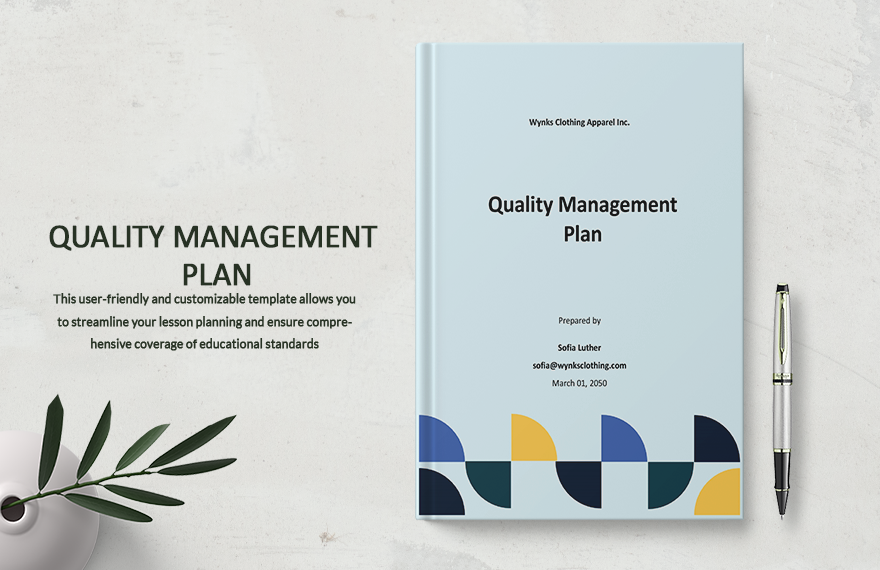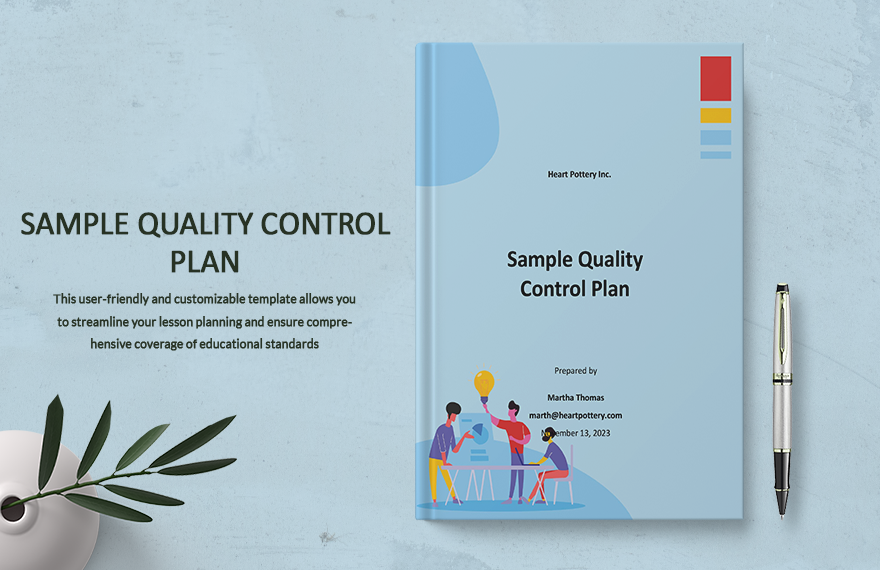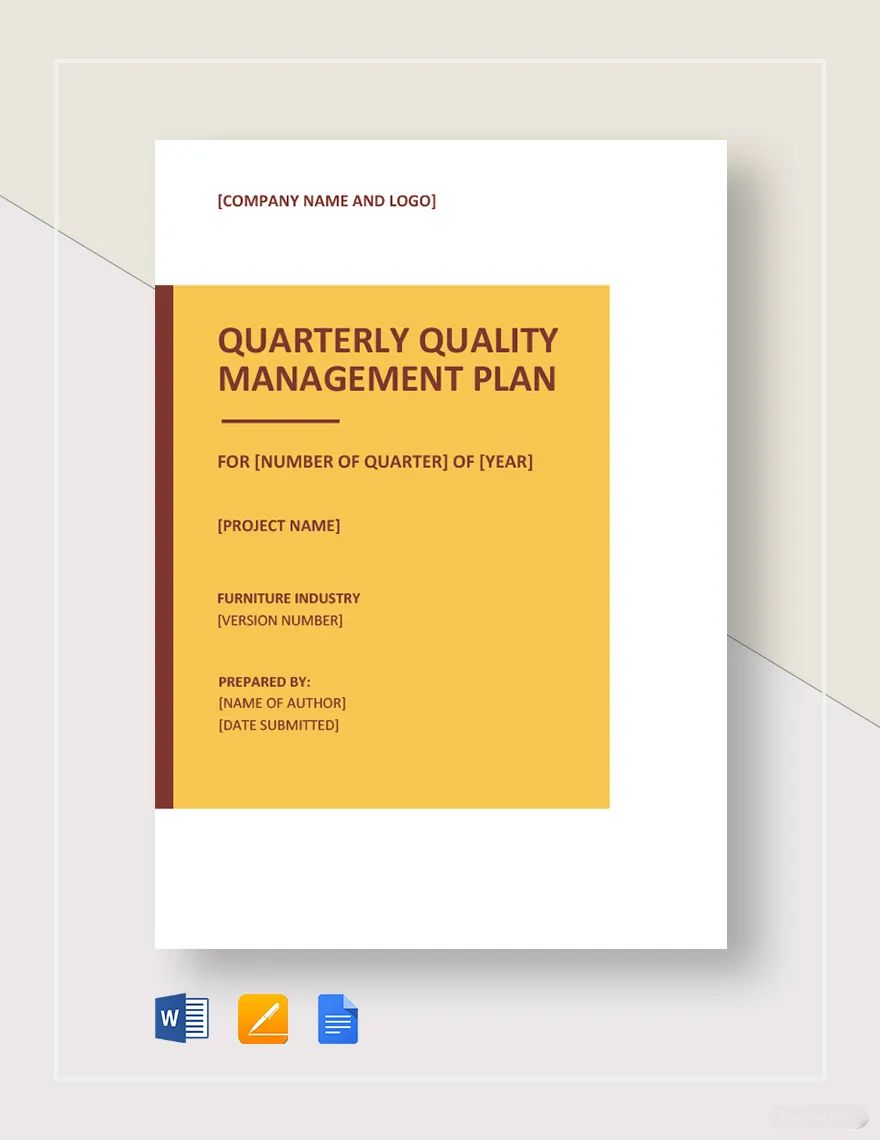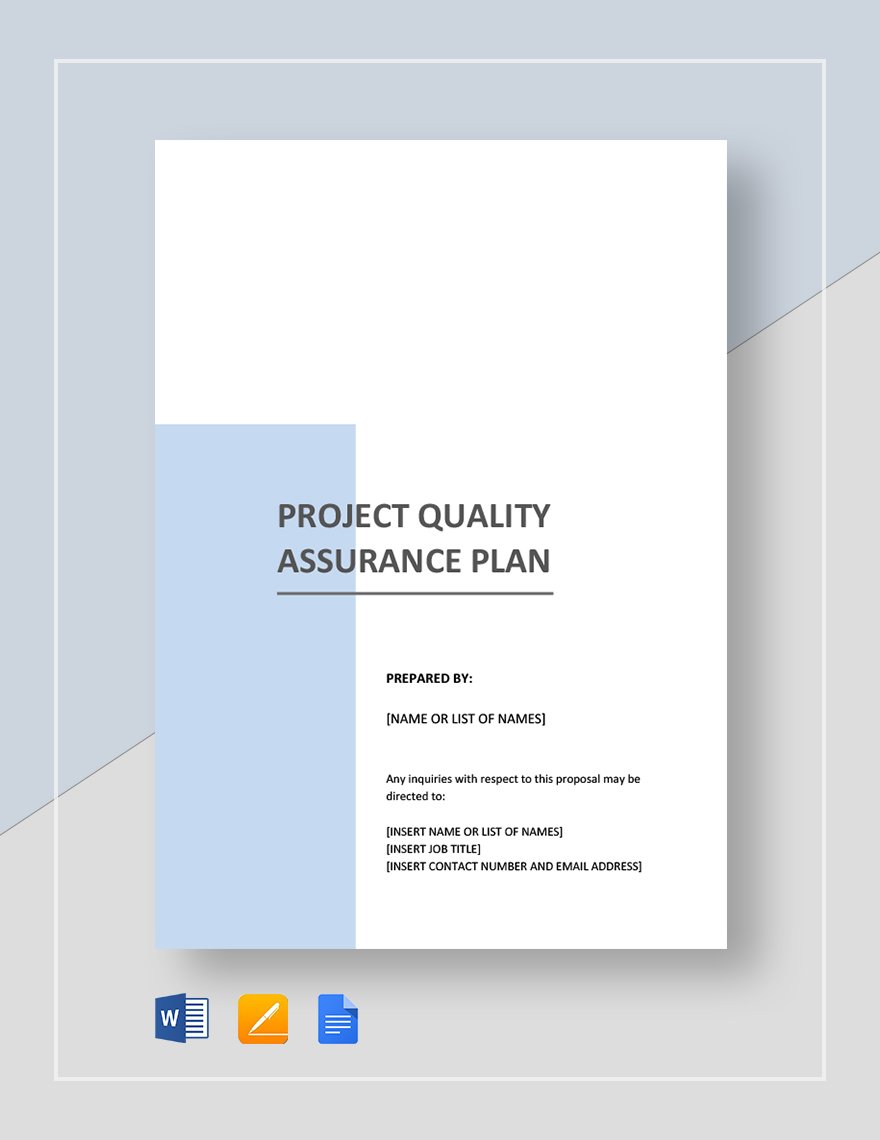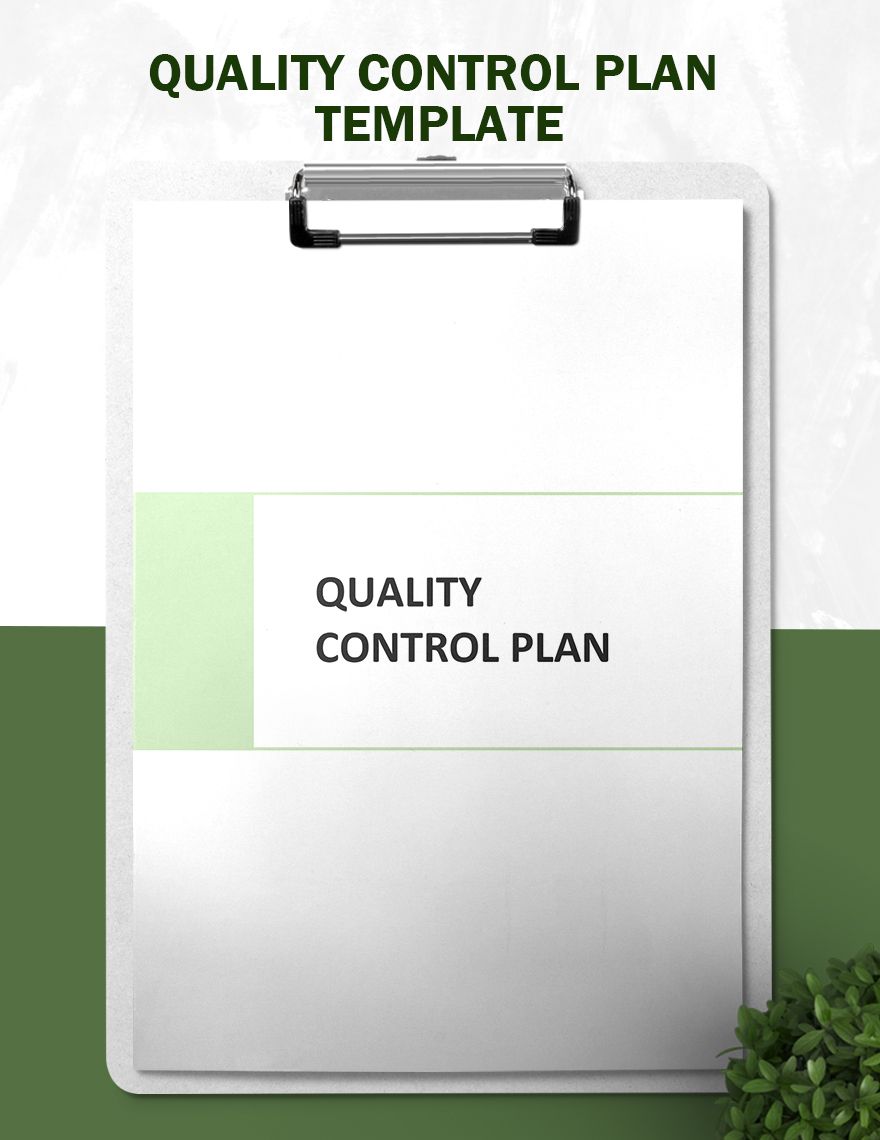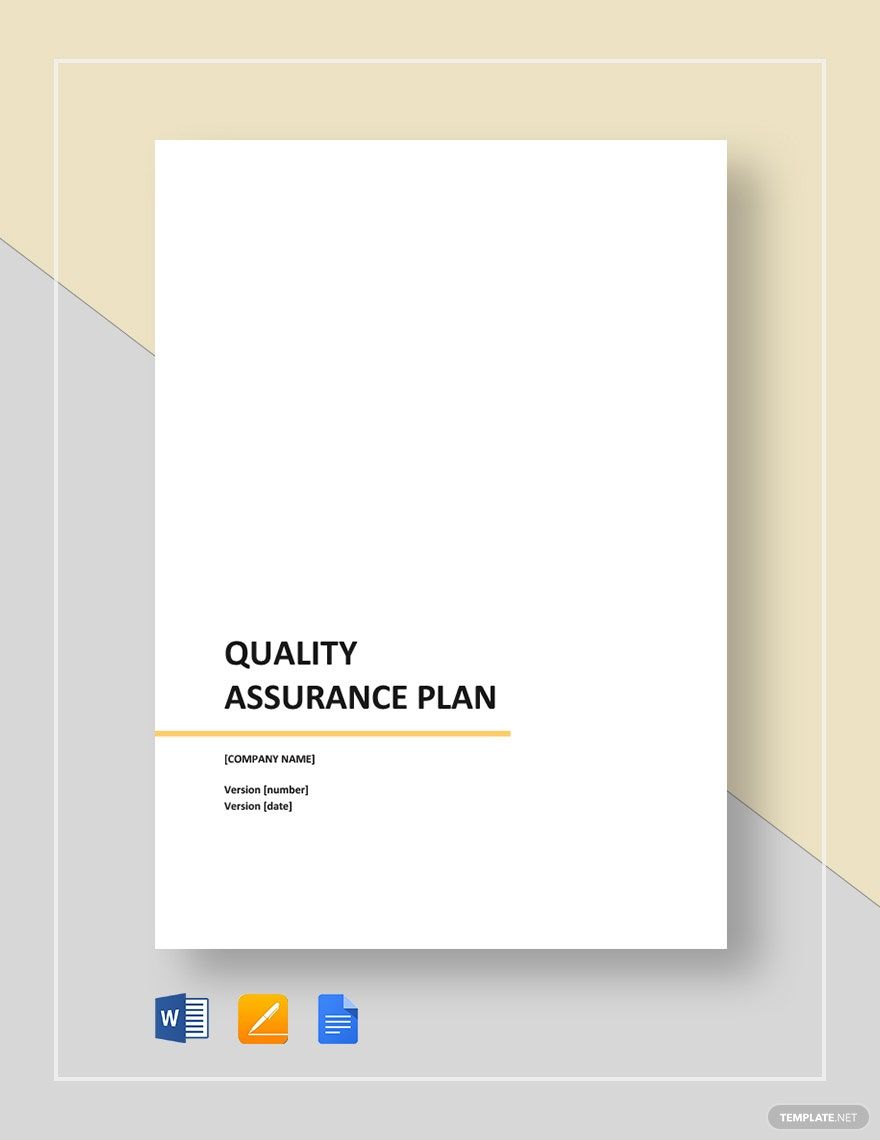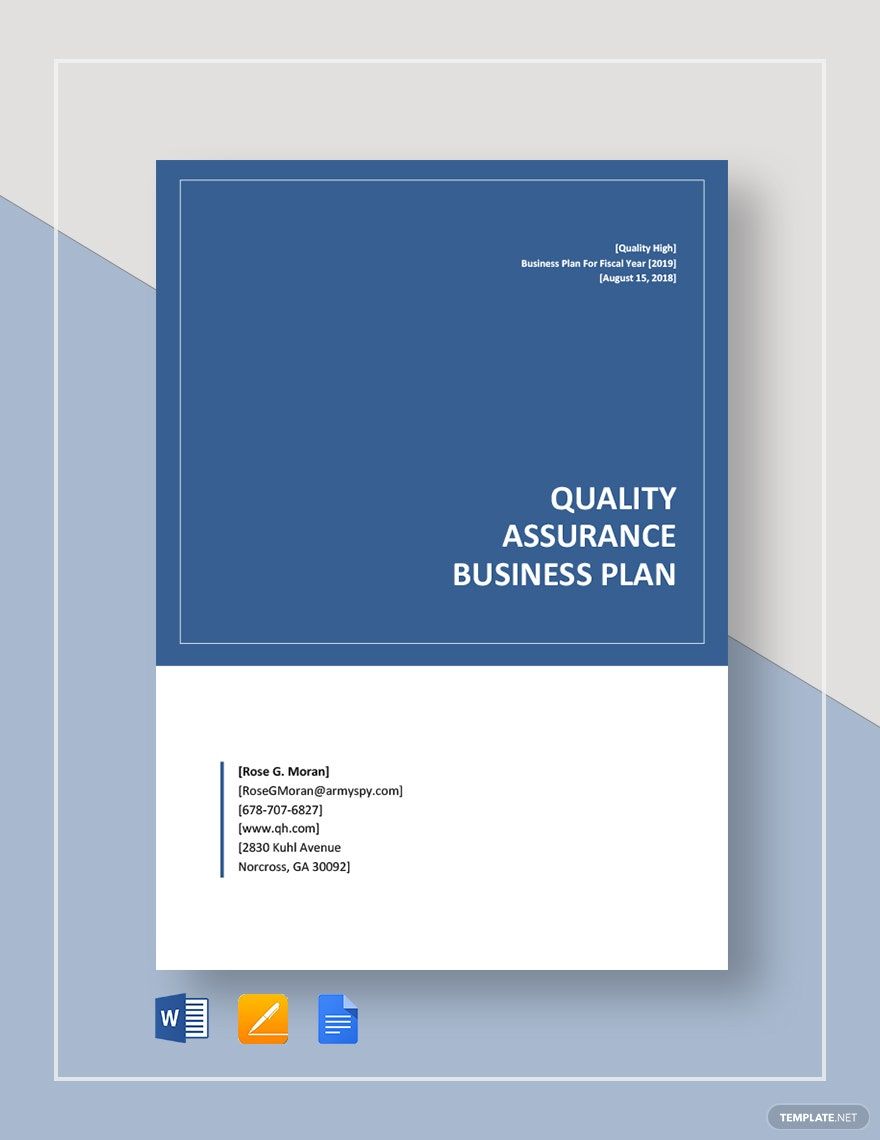Make your Quality Assurance Process Stand Out with Quality Assurance Plan Templates from Template.net
Bring your quality assurance process to life with Quality Assurance Plan Templates from Template.net. Tailored for quality assurance professionals and project managers, these templates enable you to keep your team coordinated, ensure compliance with industry standards, and boost project efficiency. Use them to build a robust quality framework or to document and optimize procedural workflows. Each template includes sections for project goals, standards, and evaluation criteria, ensuring comprehensive documentation at your fingertips. No specialized design skills are required, as our templates offer a professional-grade structure with customizable layouts for digital or print use, ensuring you save both time and effort.
Discover the many Quality Assurance Plan Templates we have on hand at Template.net. Select from a diverse range of templates, swap in project-specific assets, and tweak colors and fonts to align with your organization's branding. Enhance your templates with simple drag-and-drop features for icons and graphics, or add animated effects to make your documentation more engaging. The possibilities are endless, and with no skills necessary, you can effortlessly create impactful plans. Plus, with regularly updated templates, you’ll always find fresh designs to suit your needs. When you’re finished, download or share your finalized plans via link, print, or email, making your quality assurance process smooth and collaborative.

